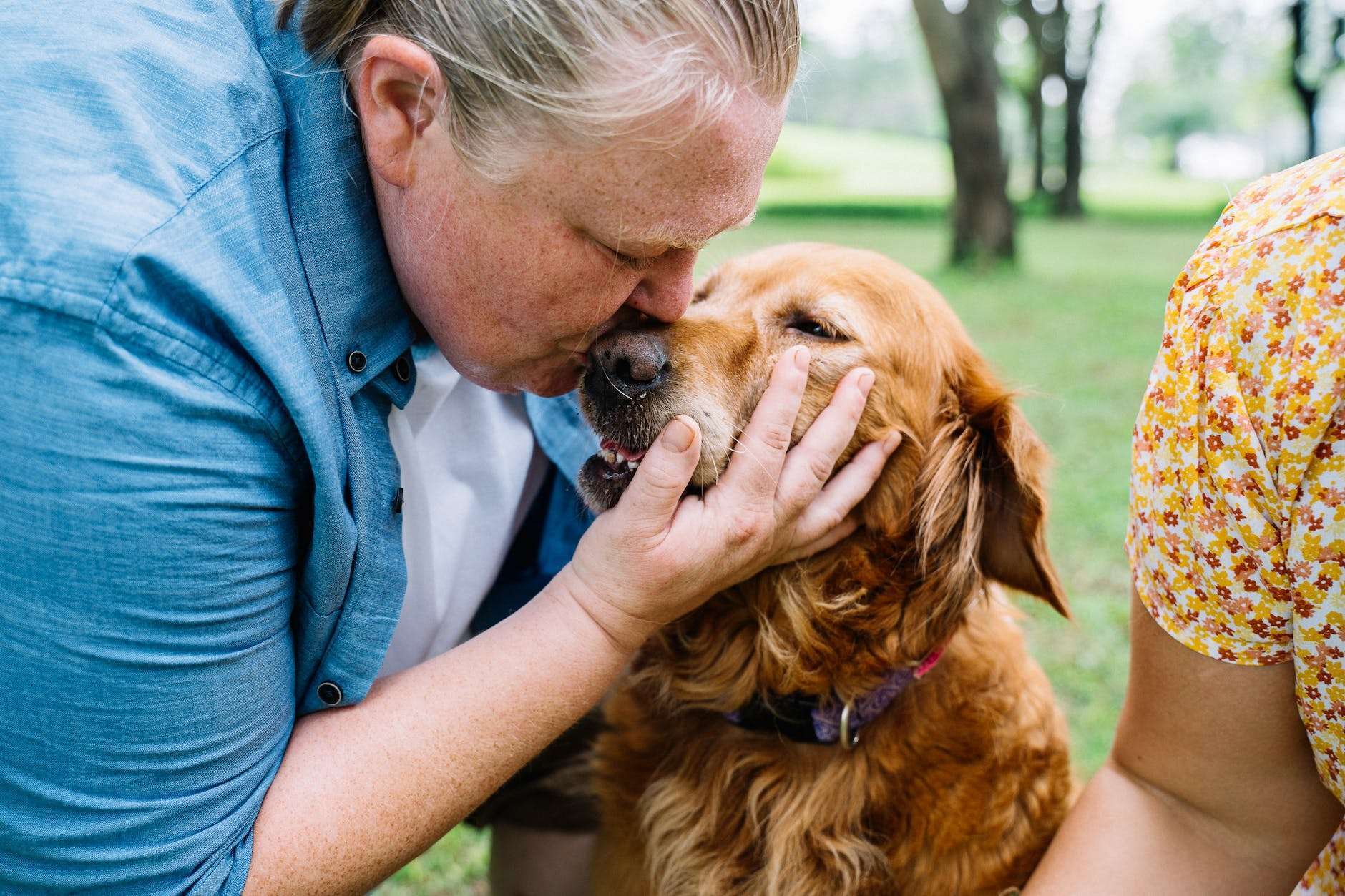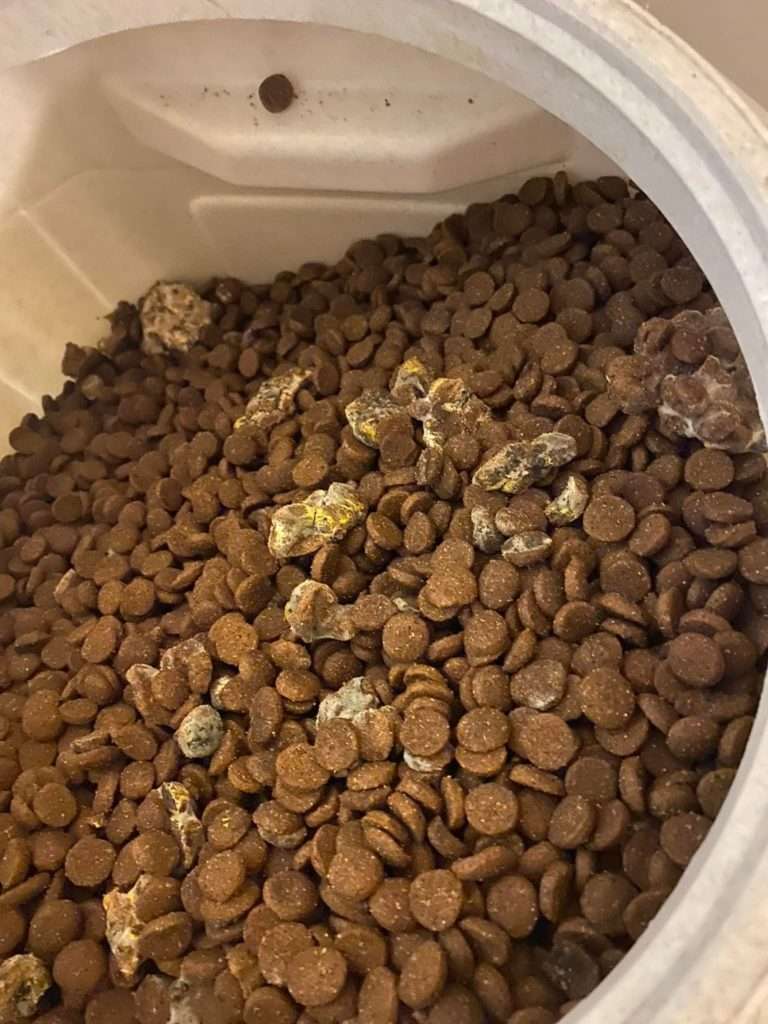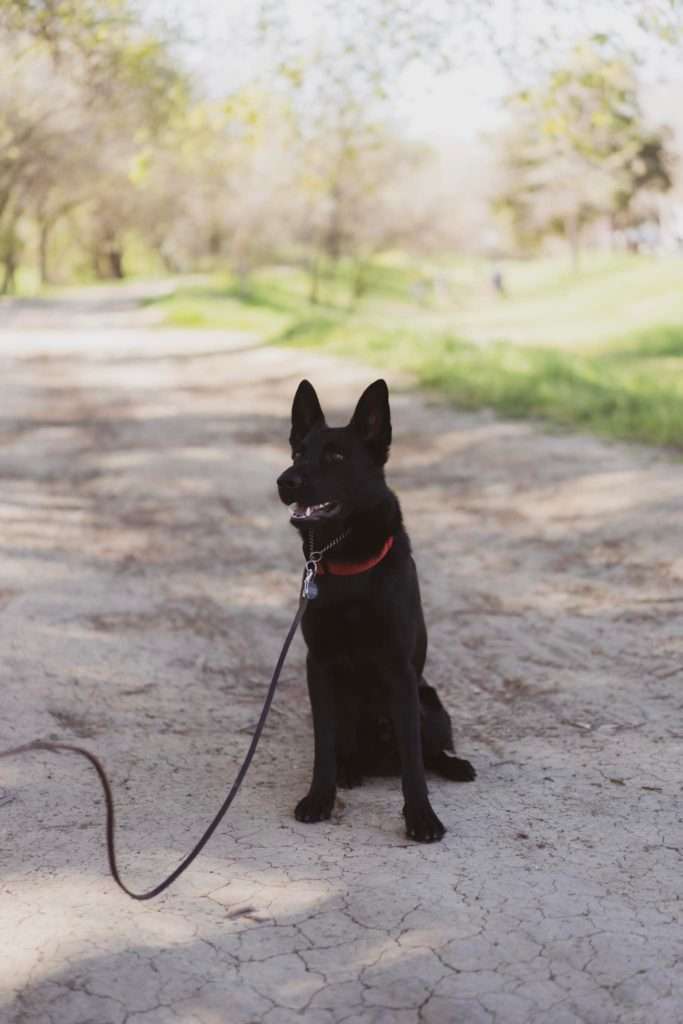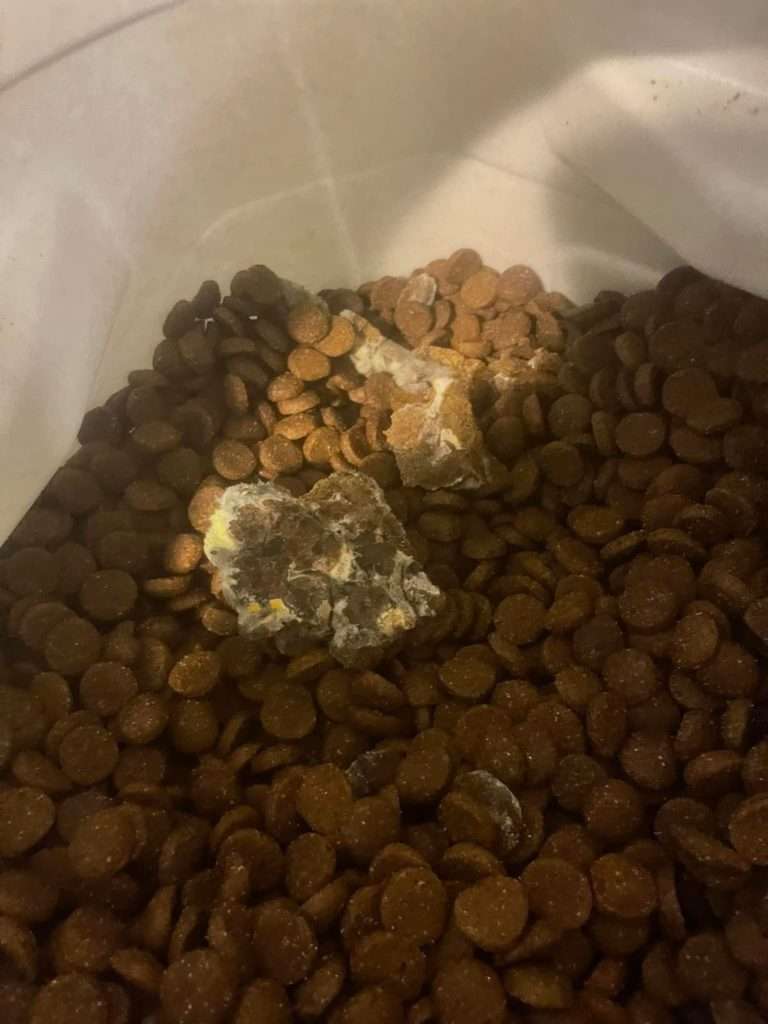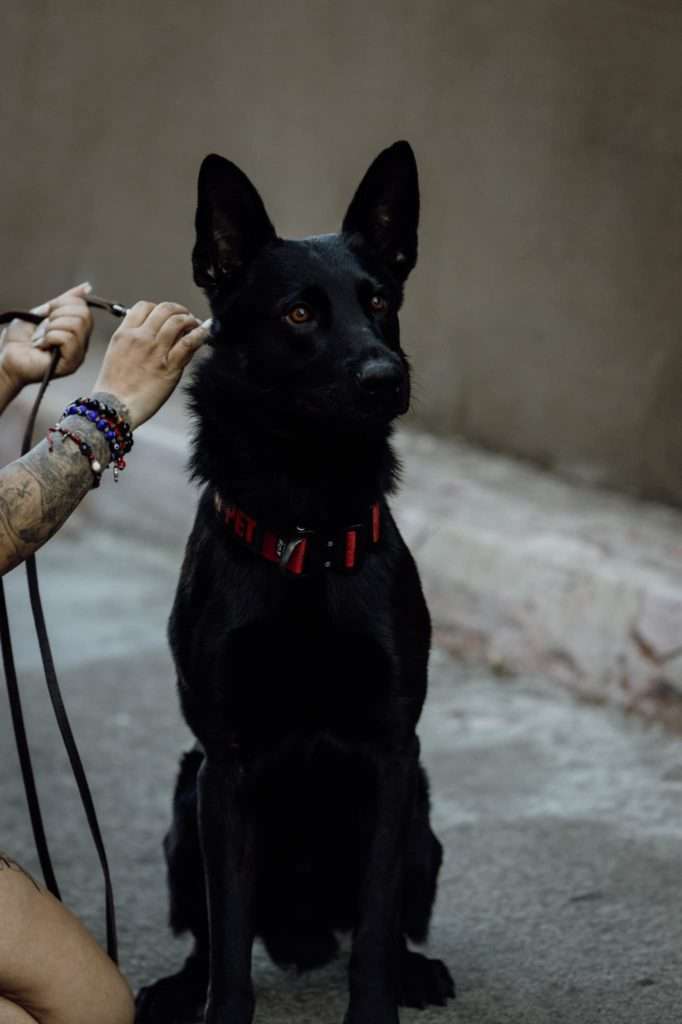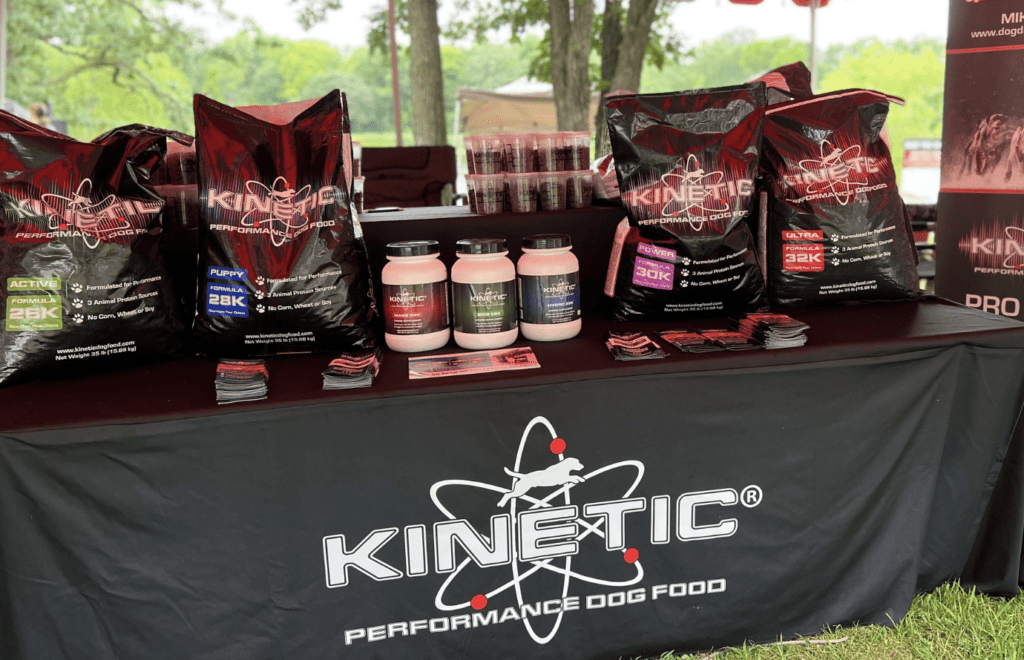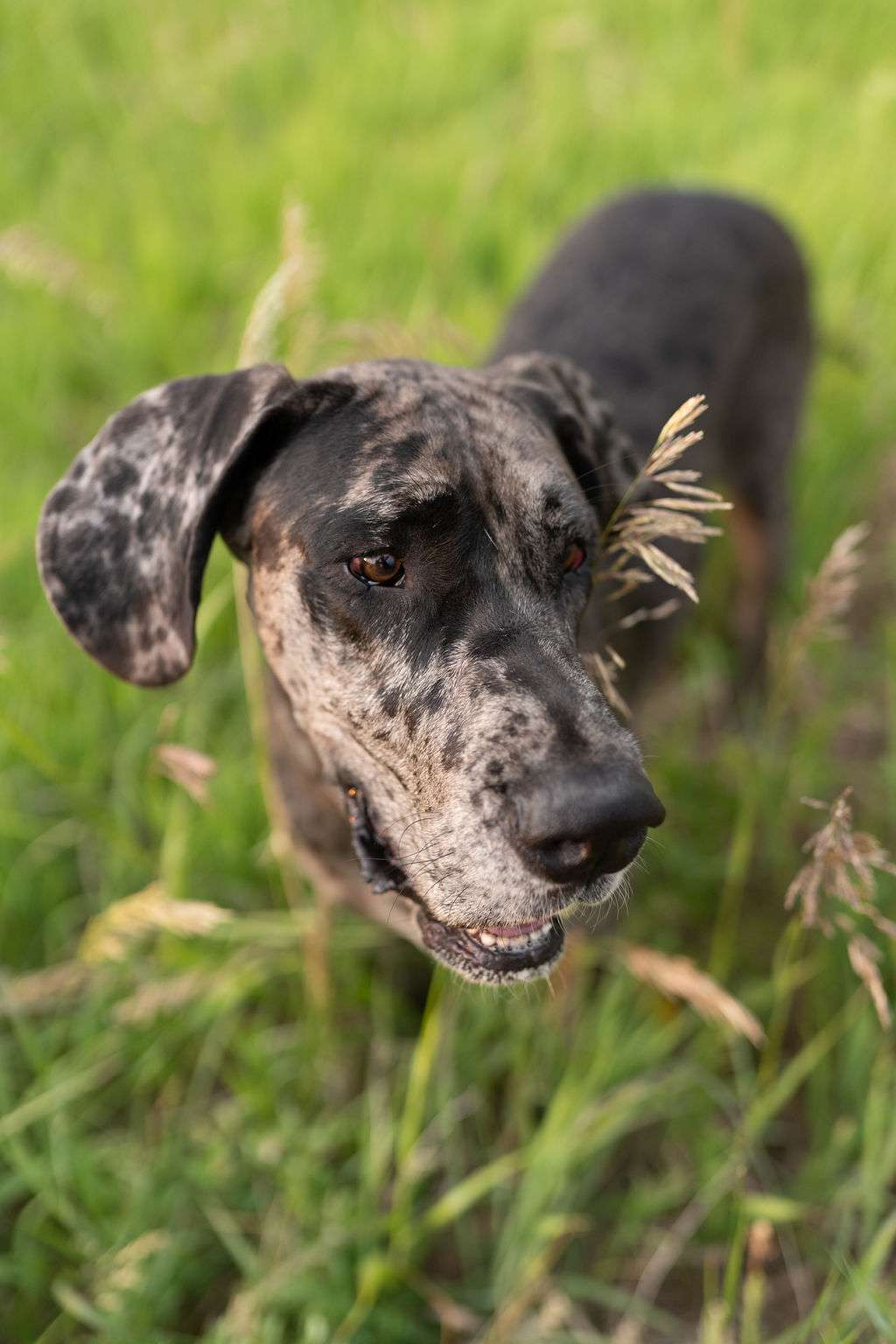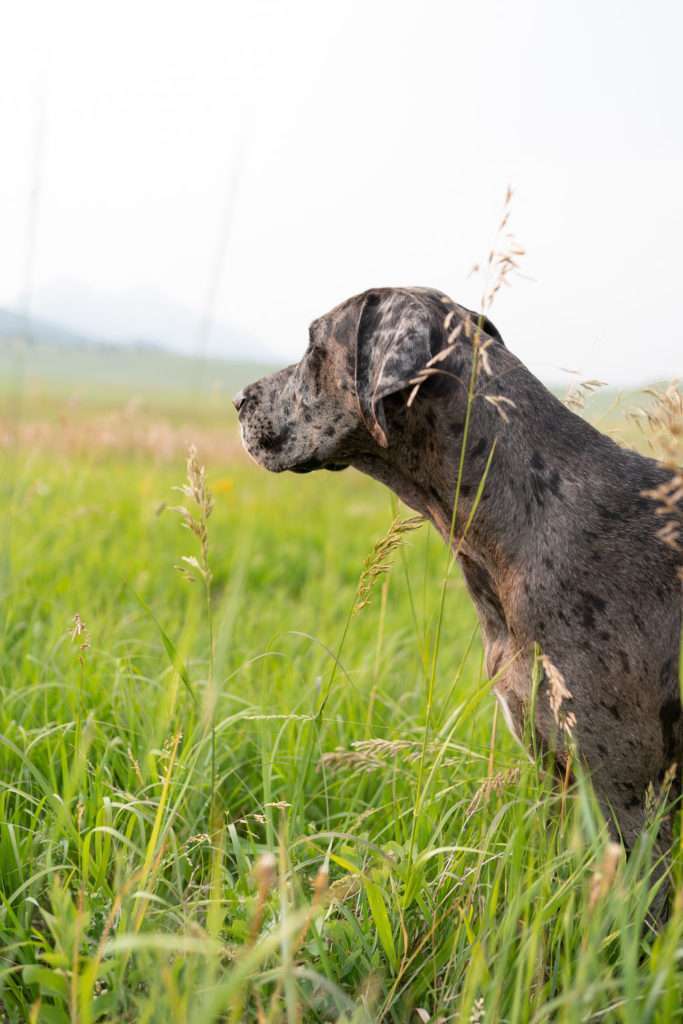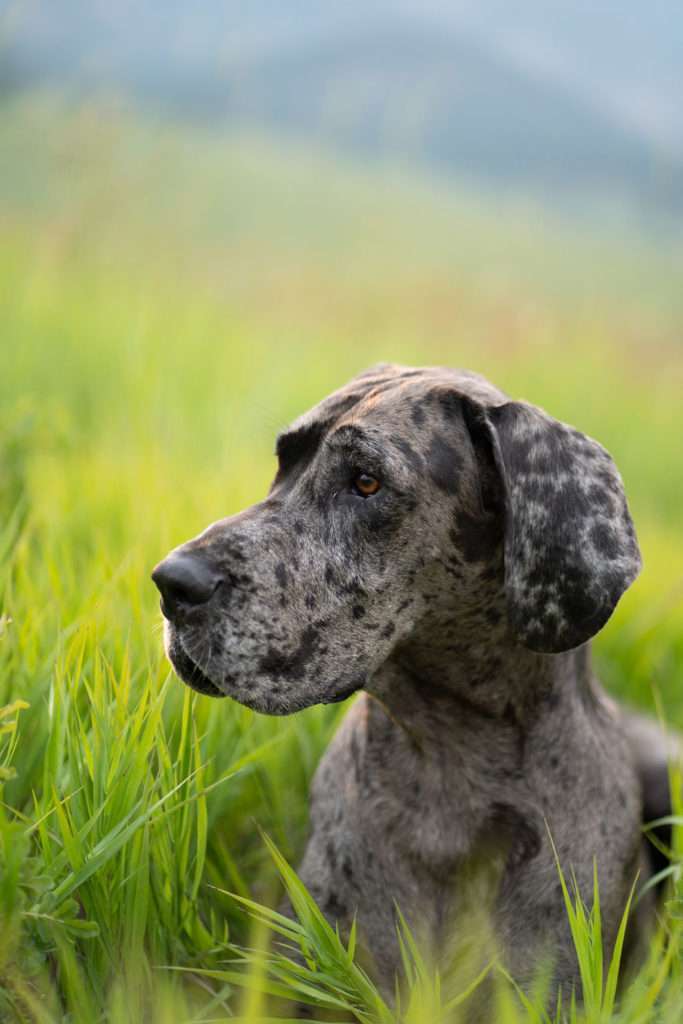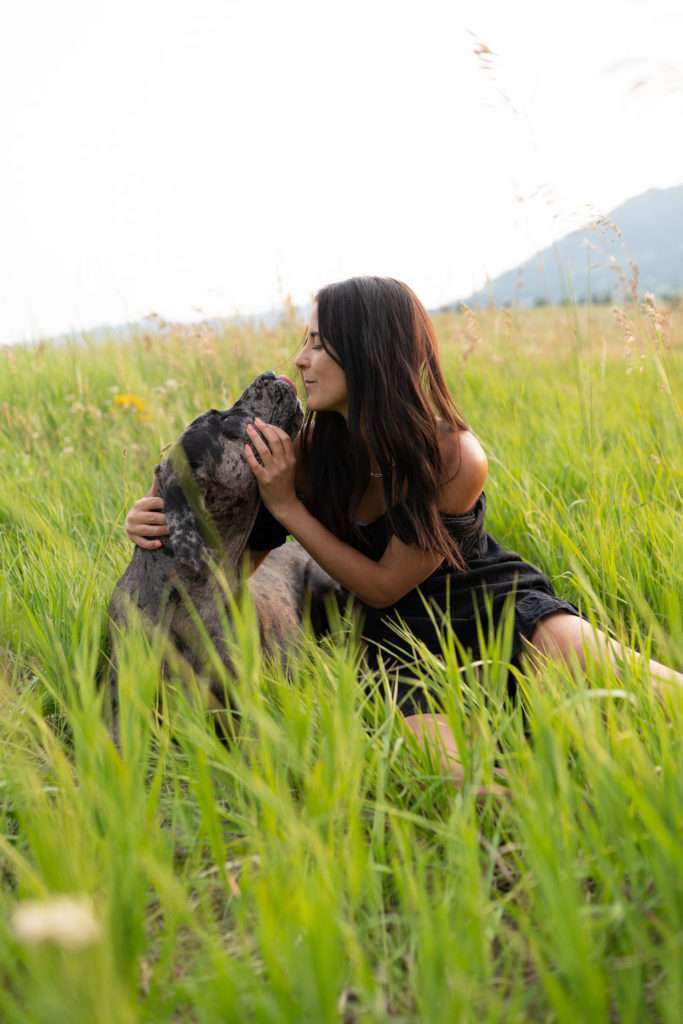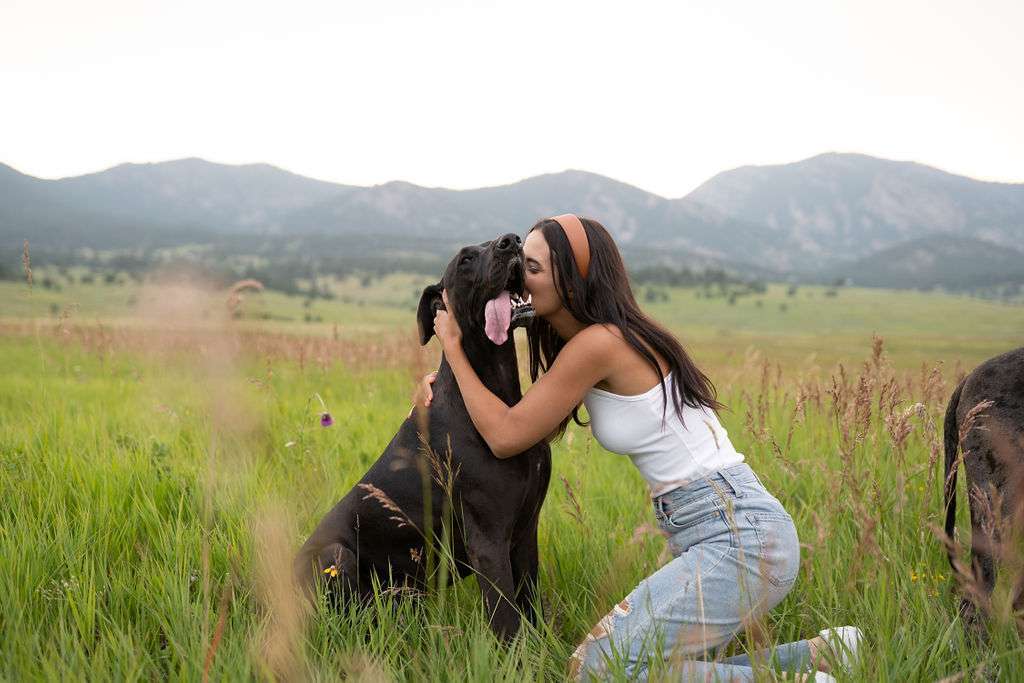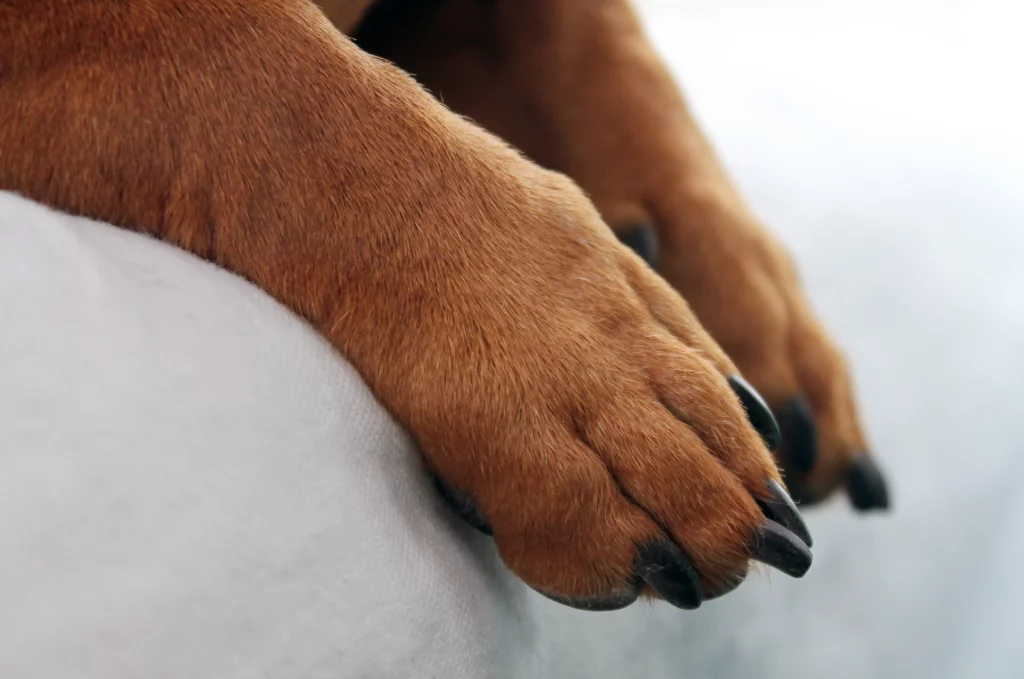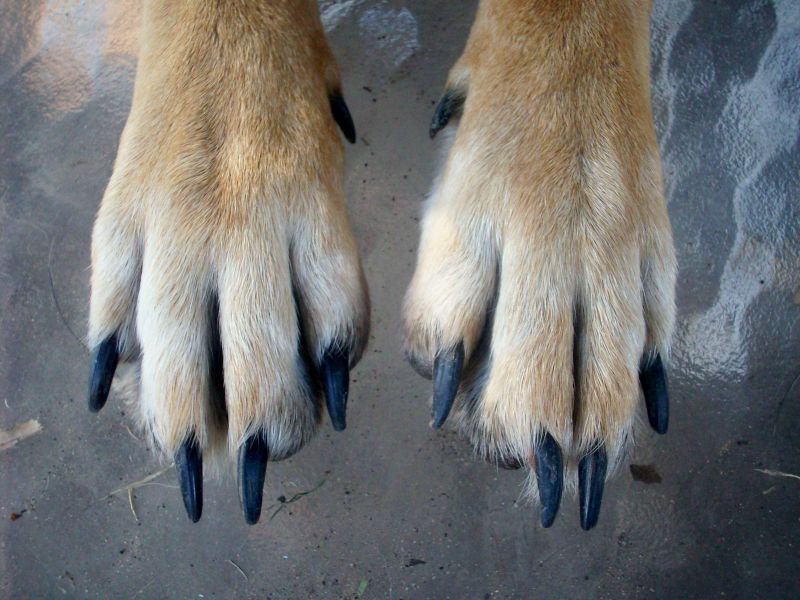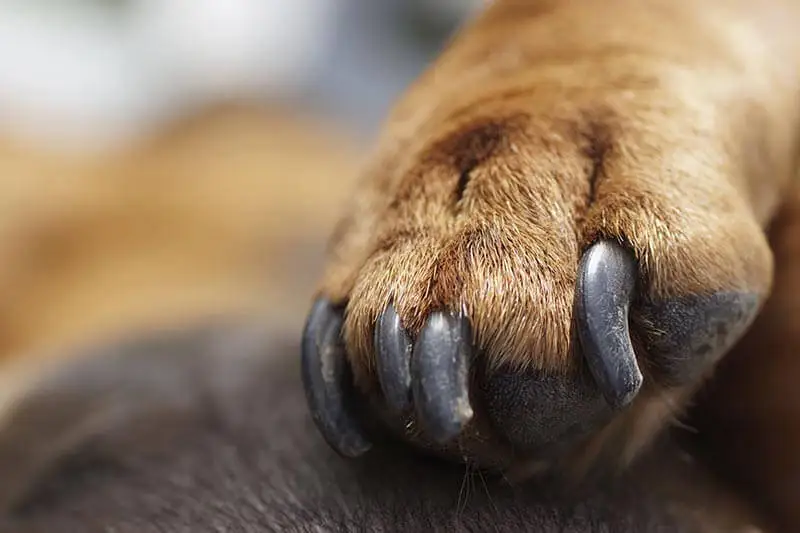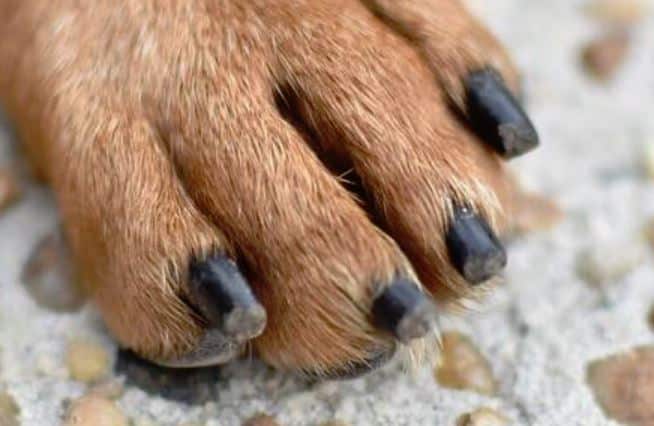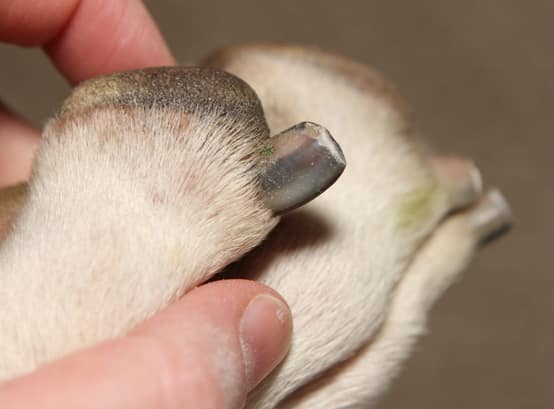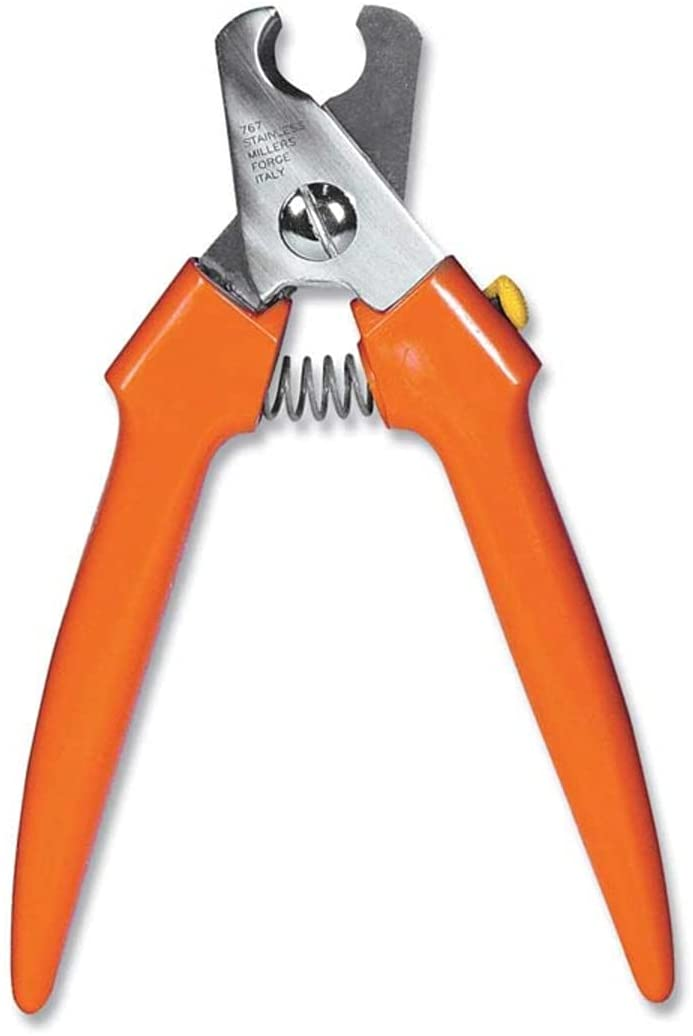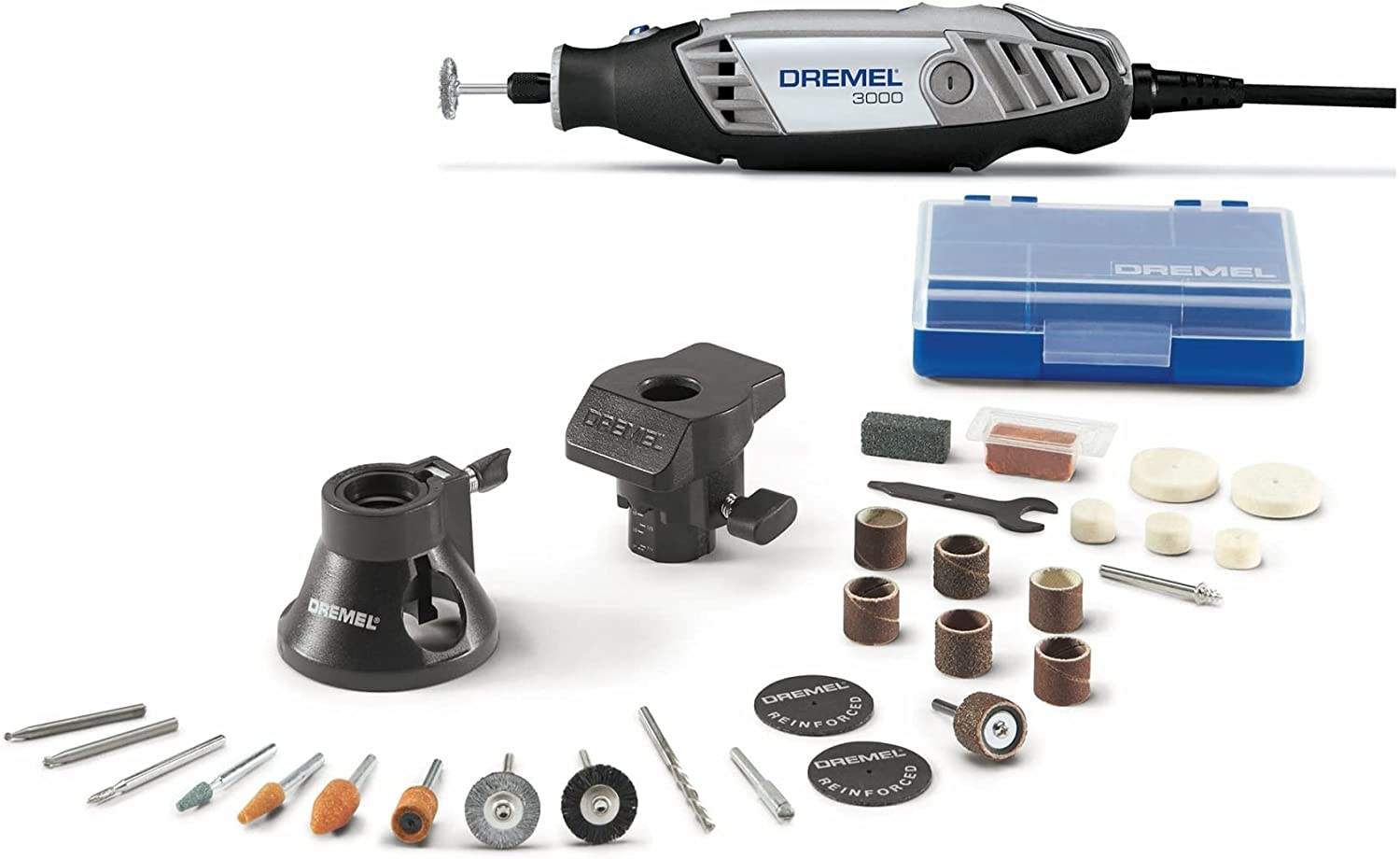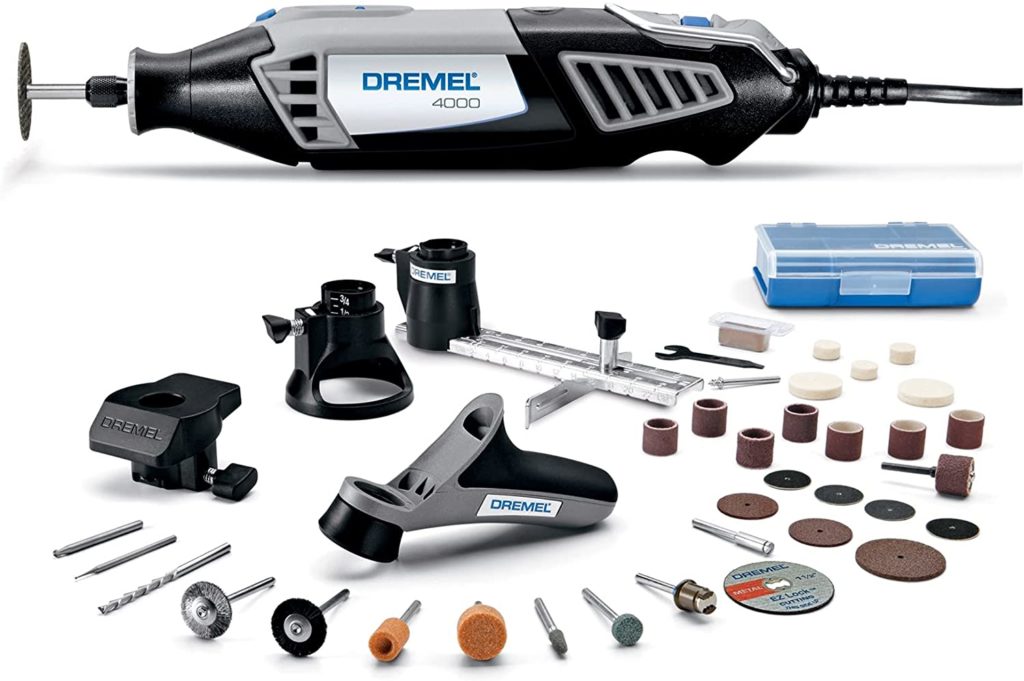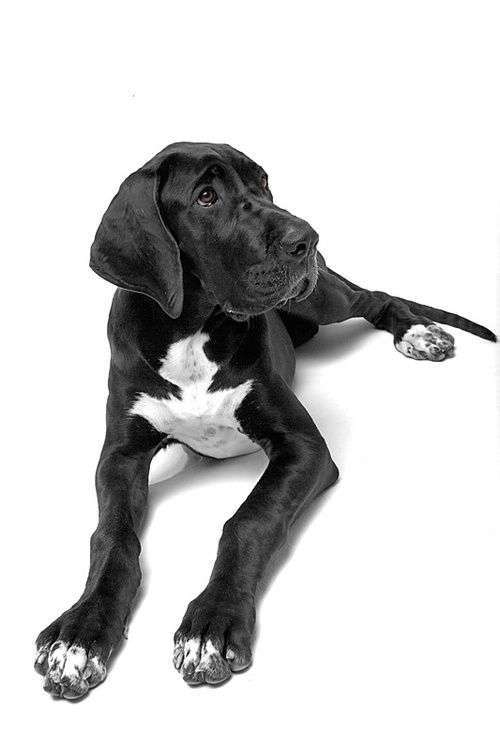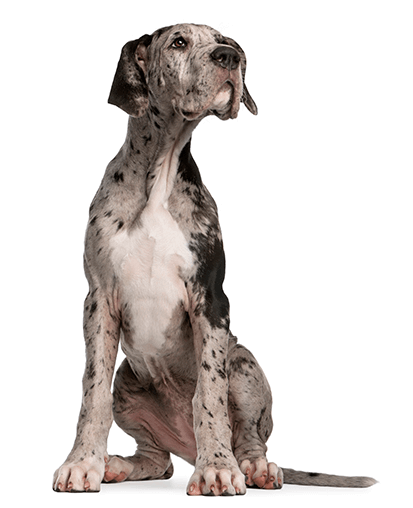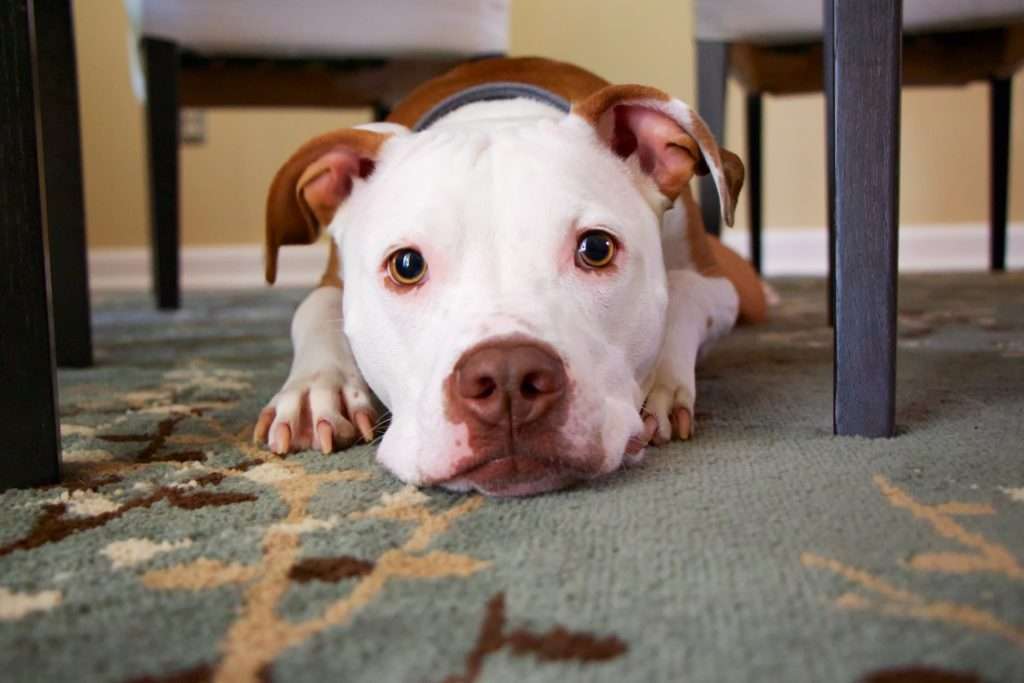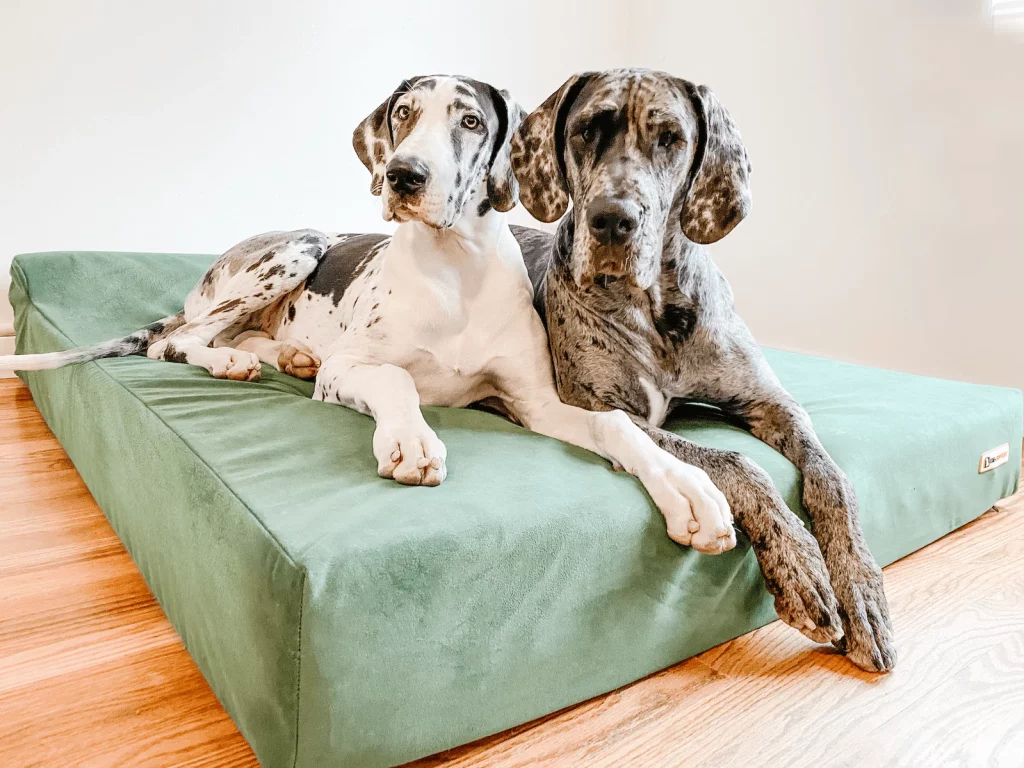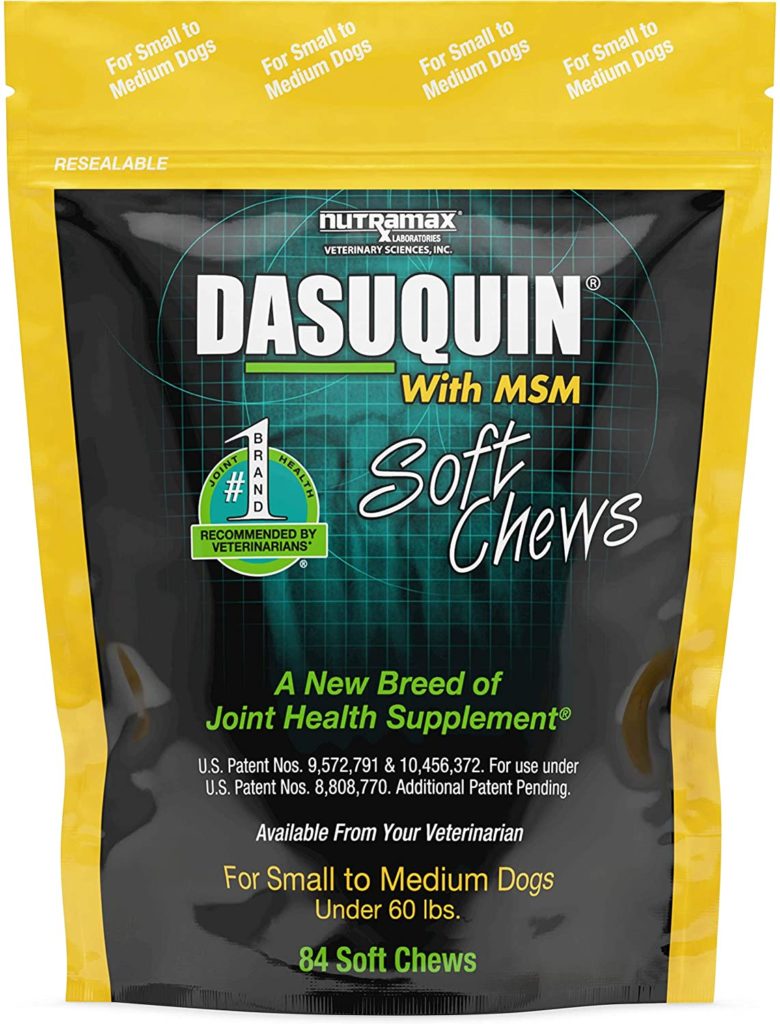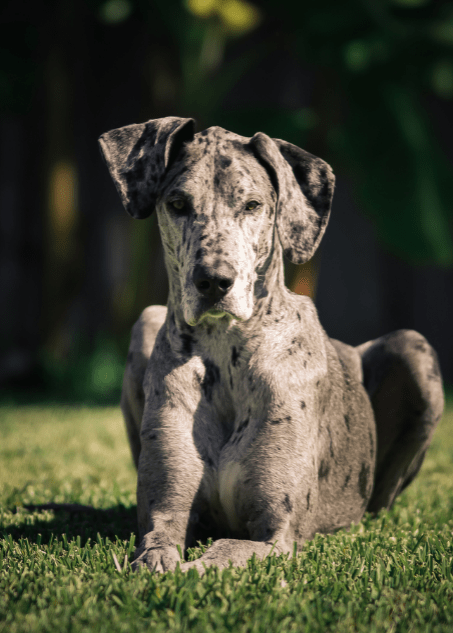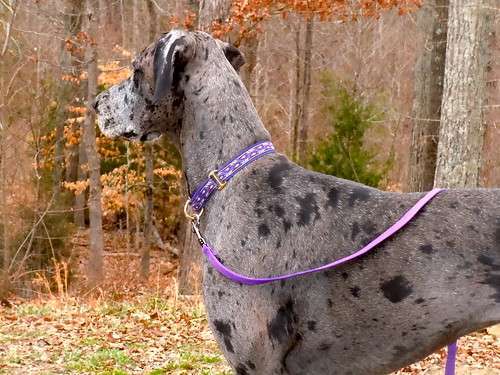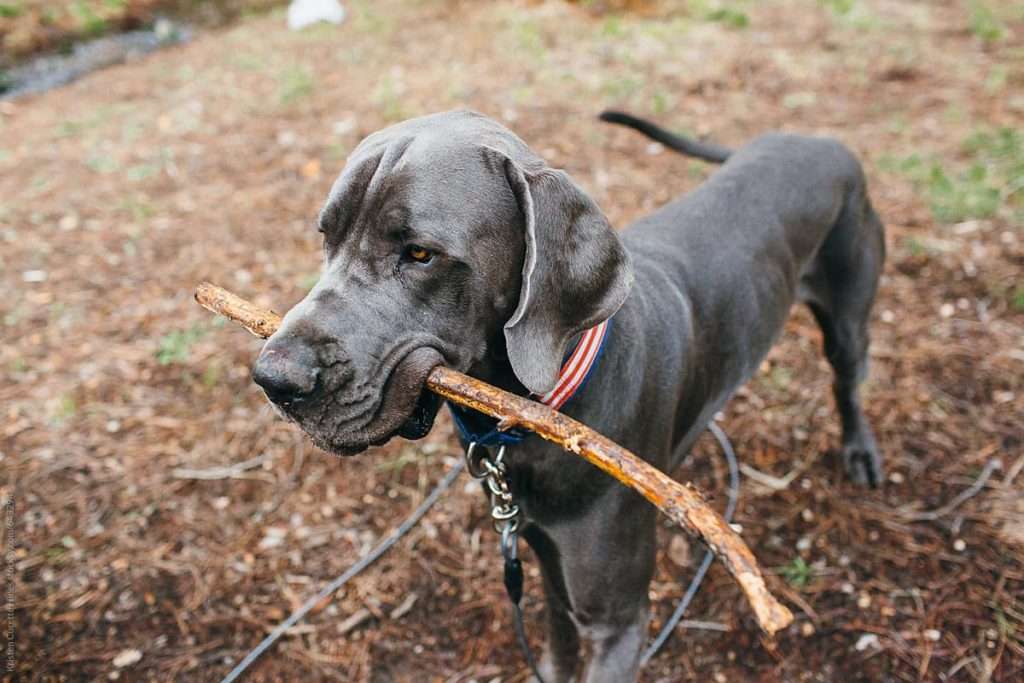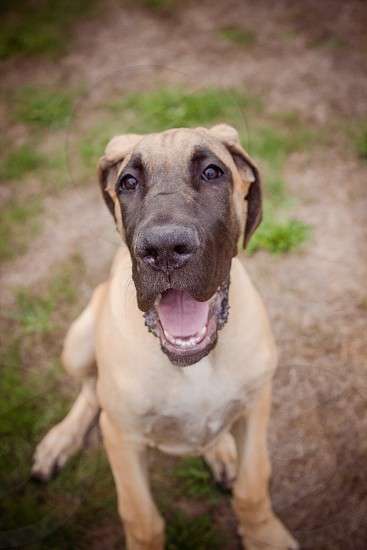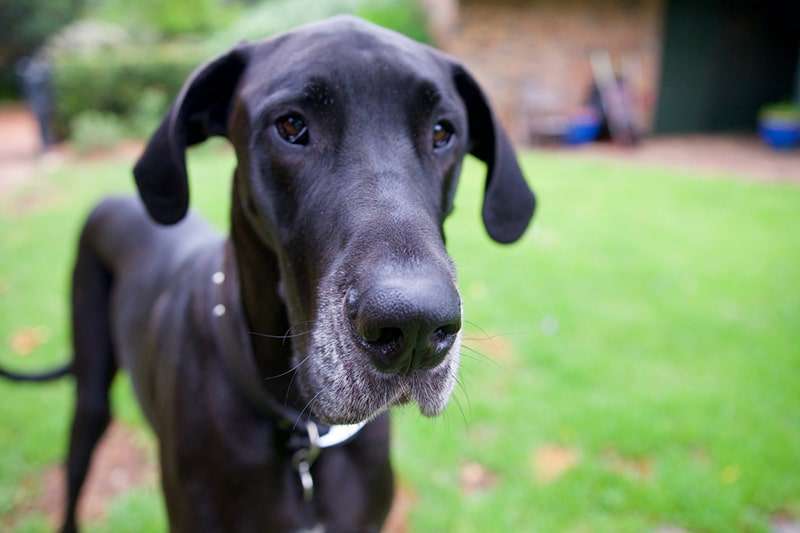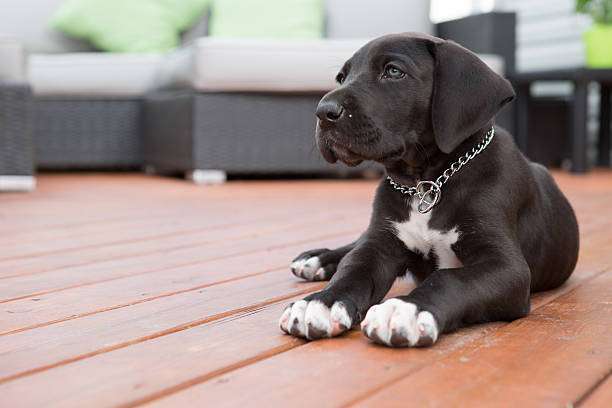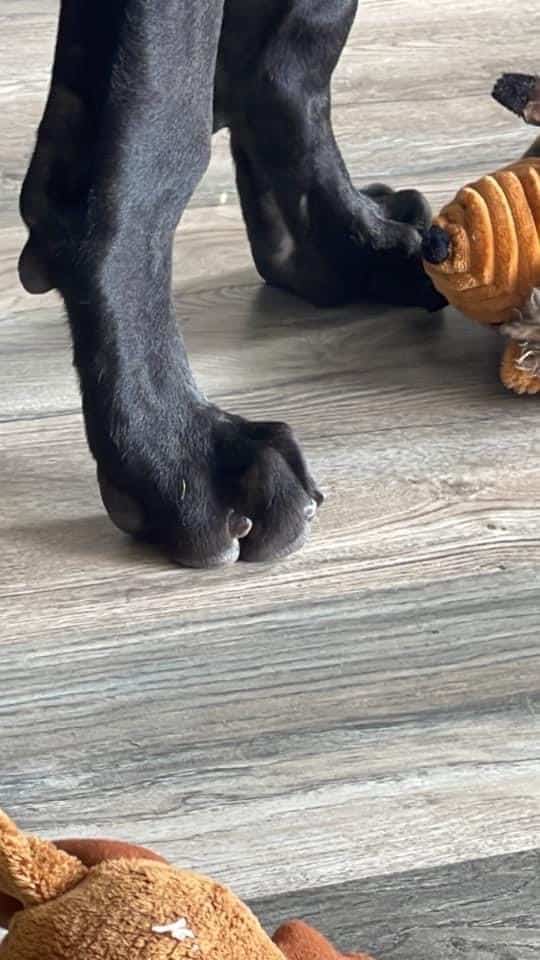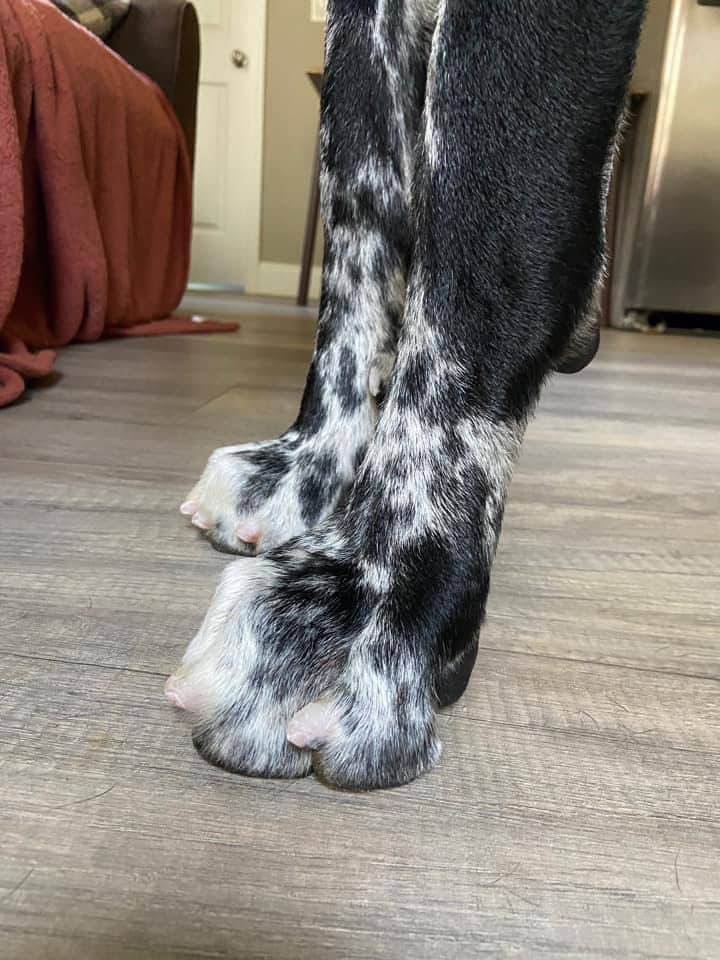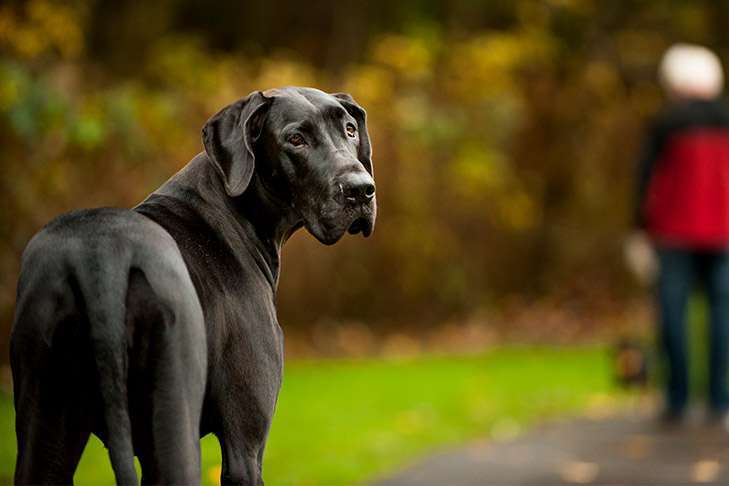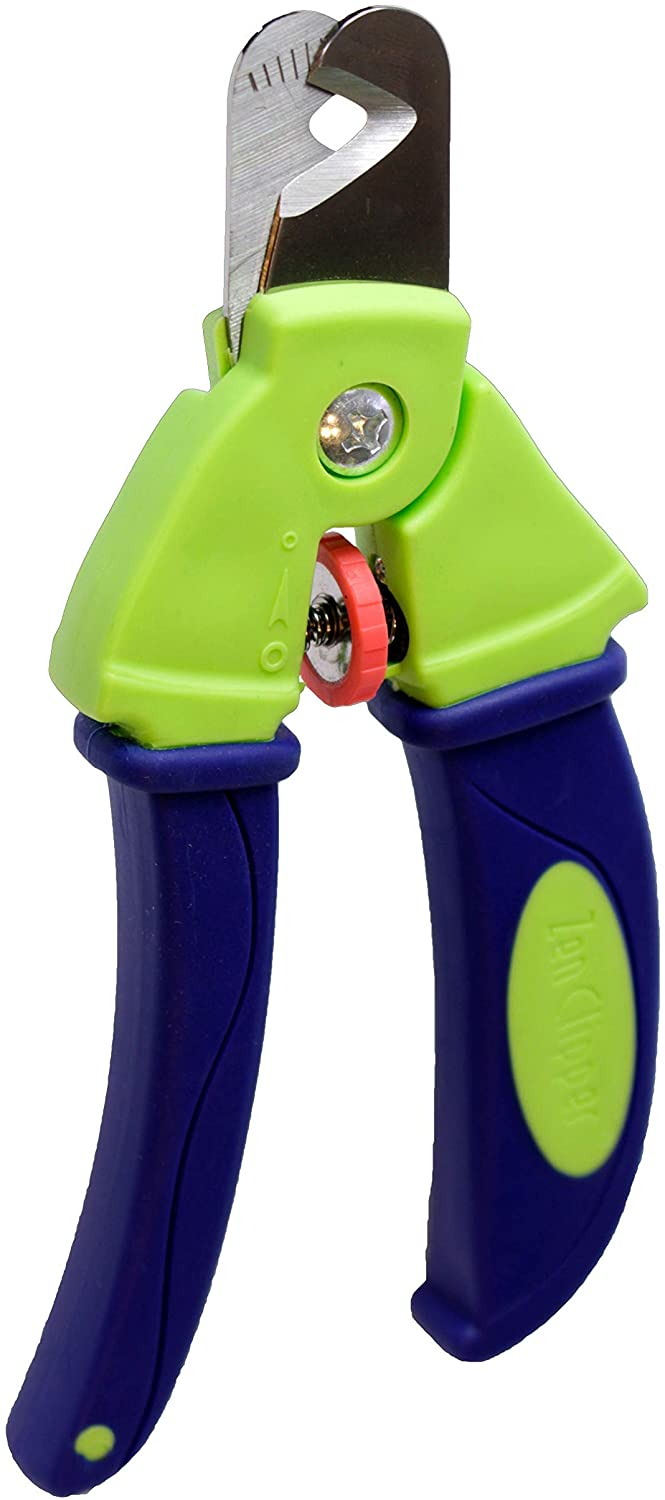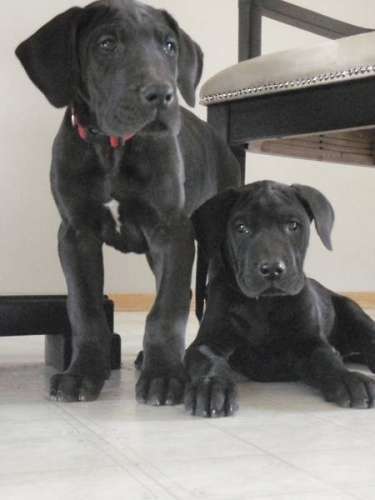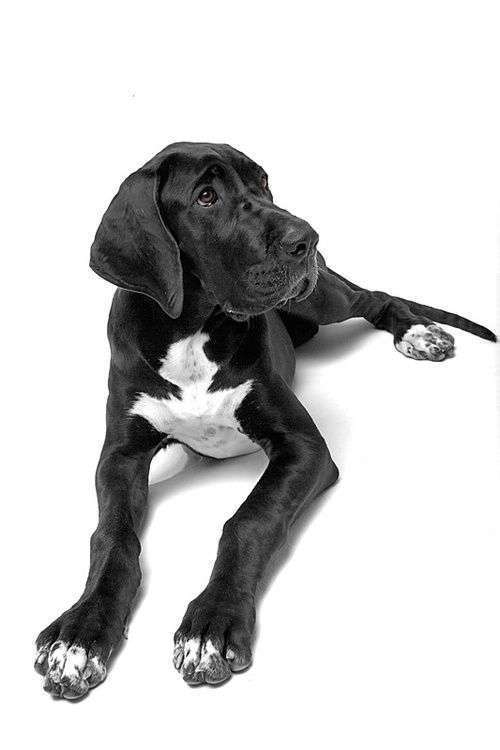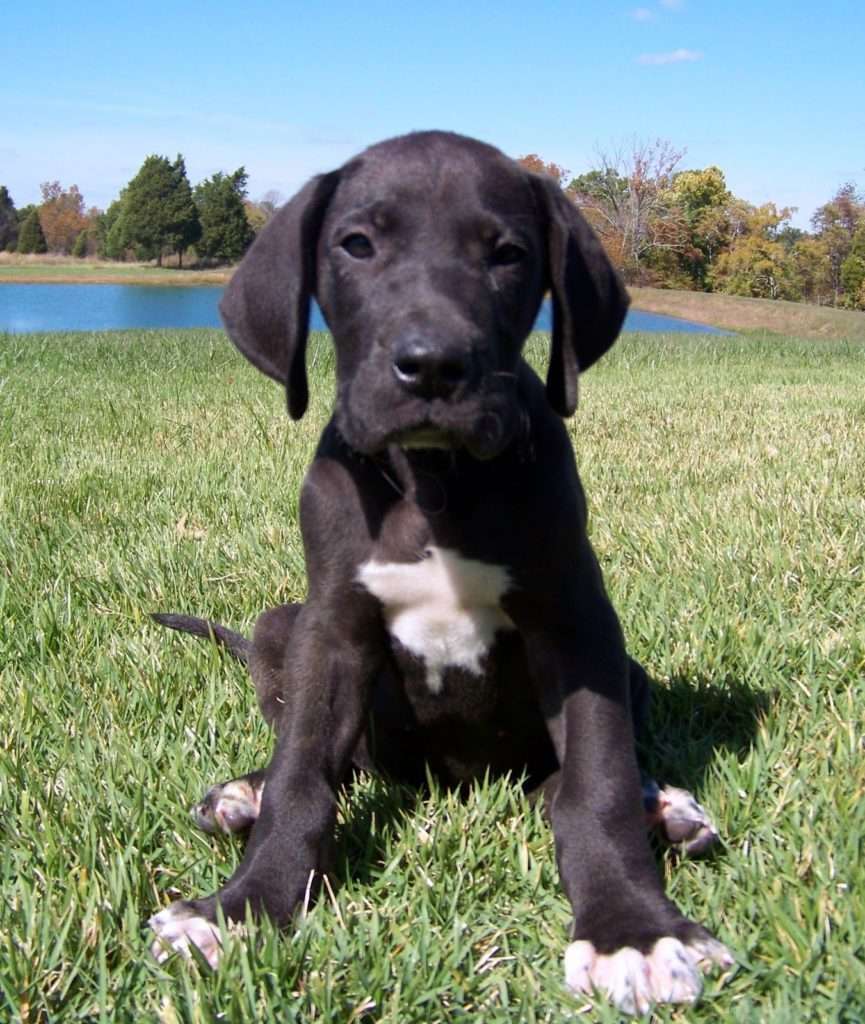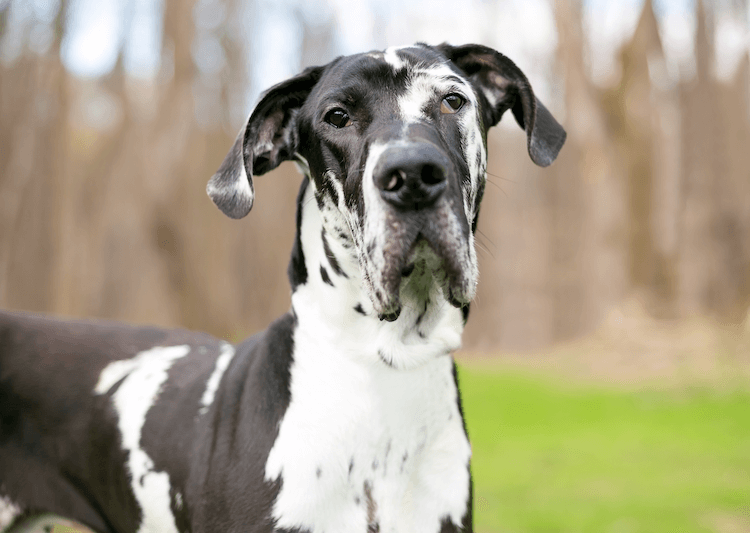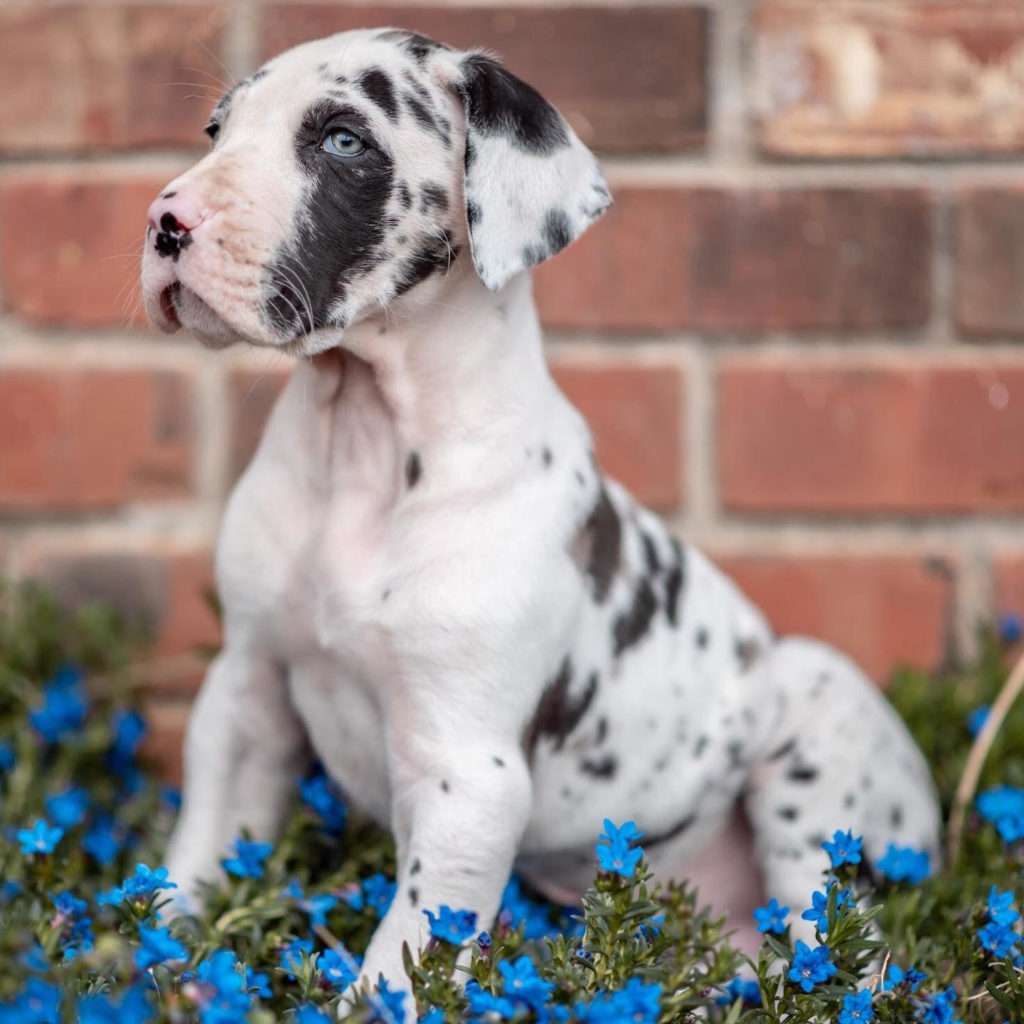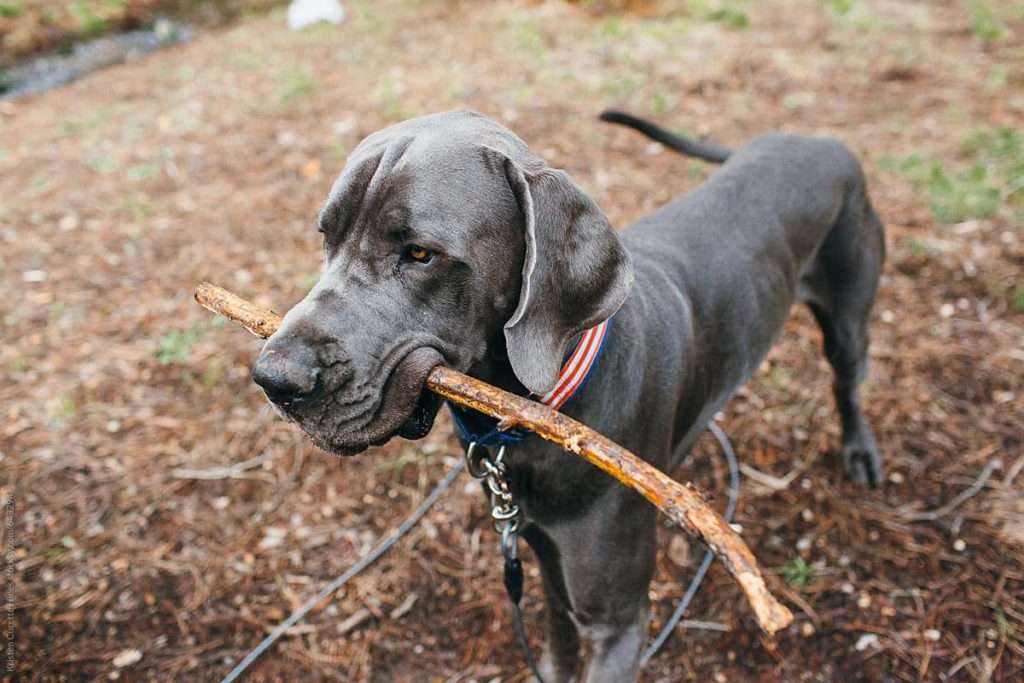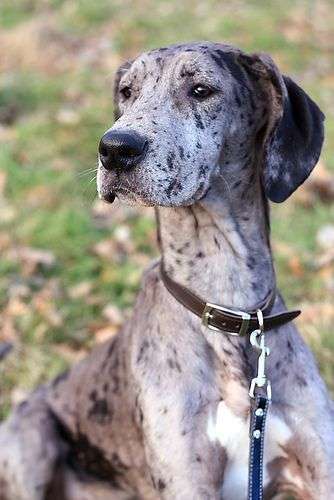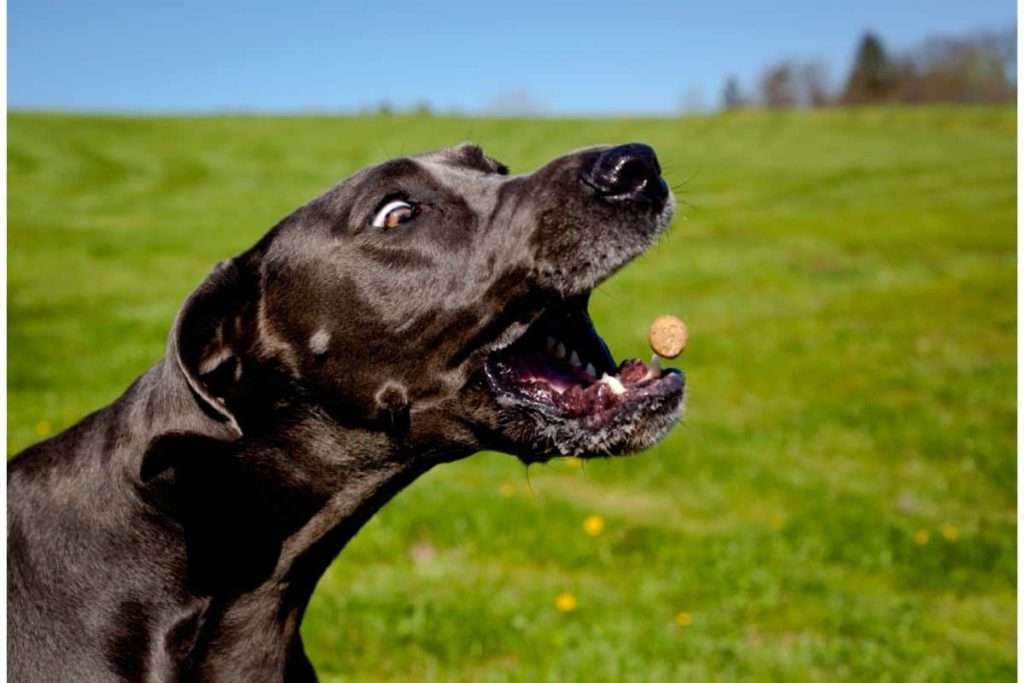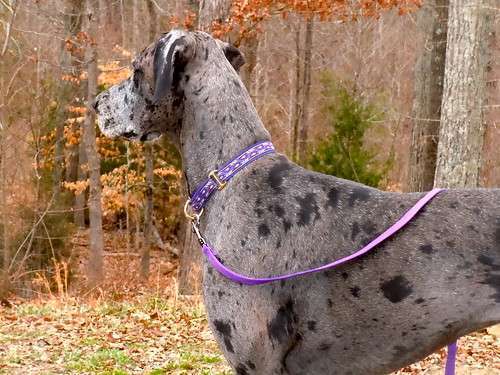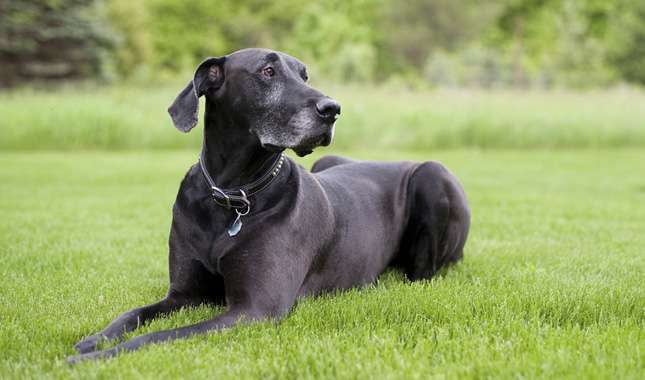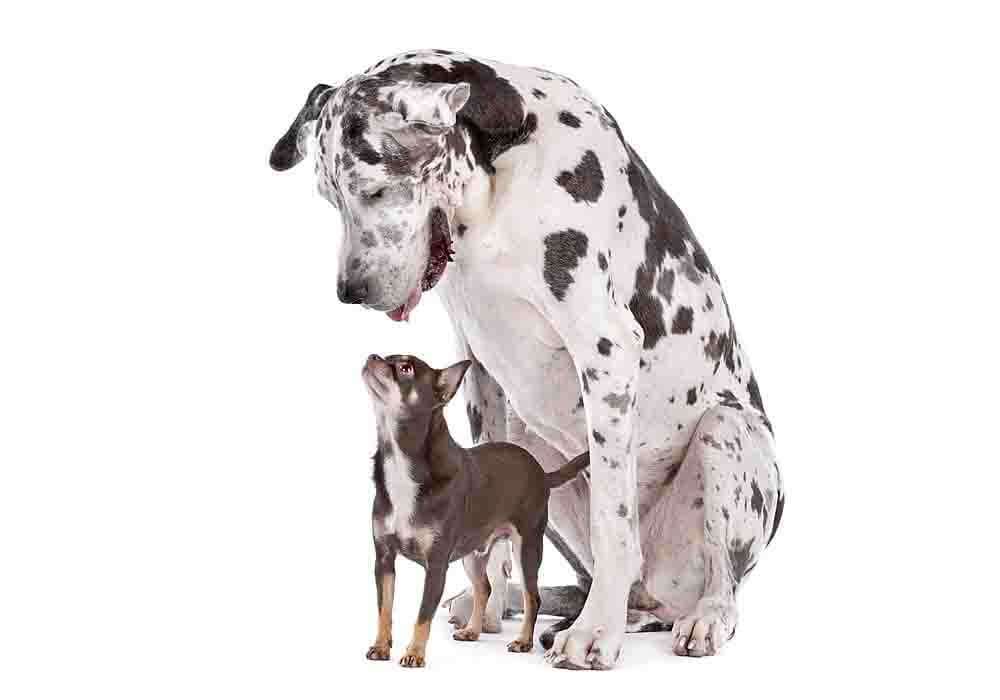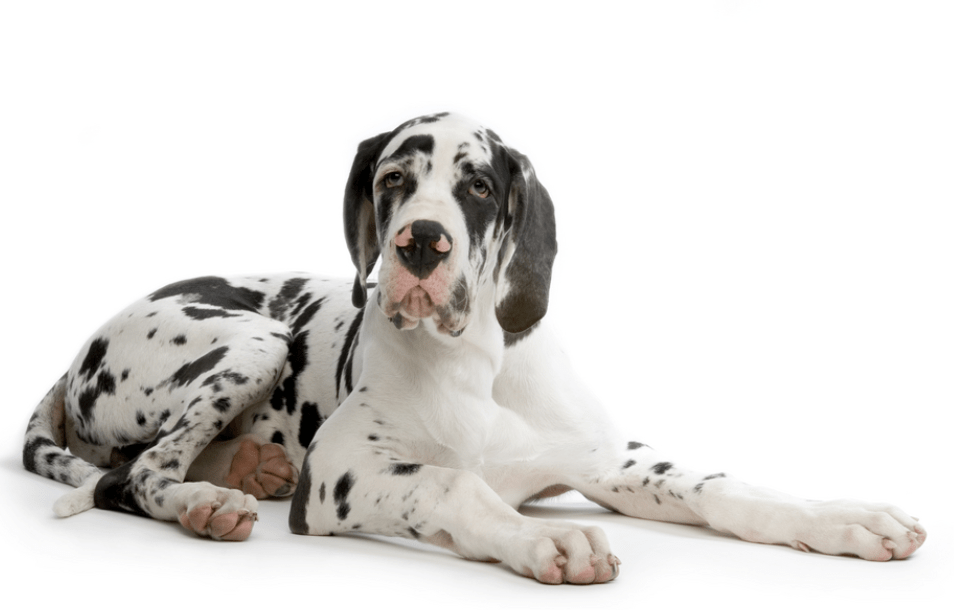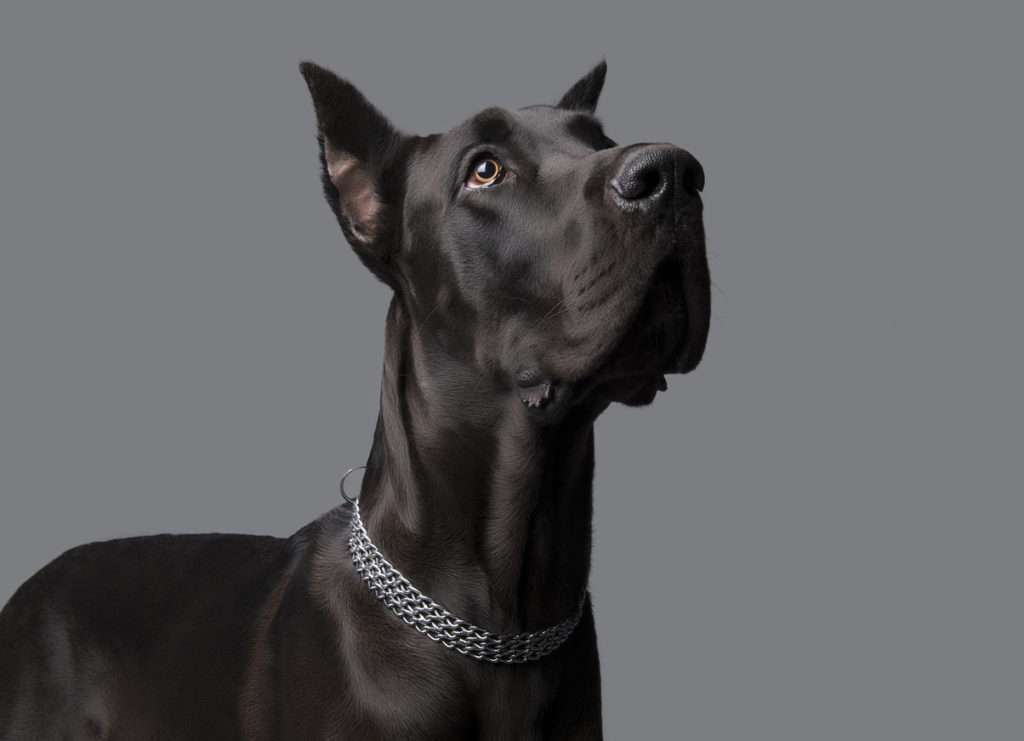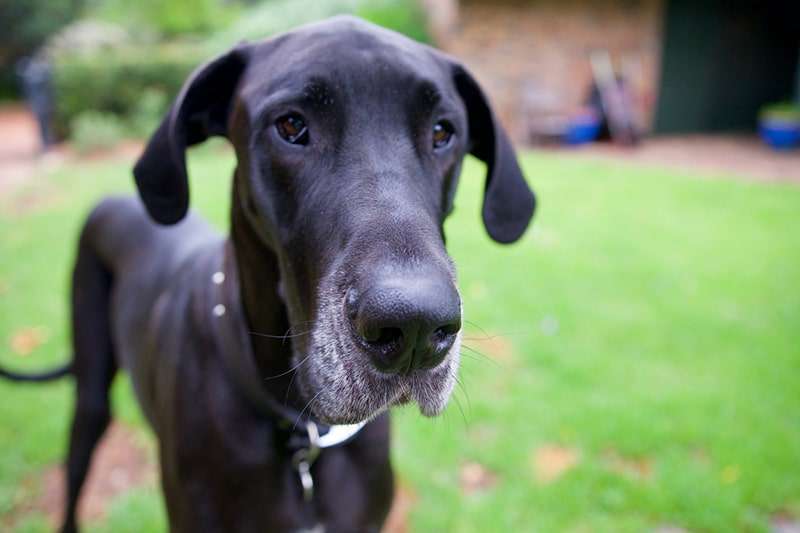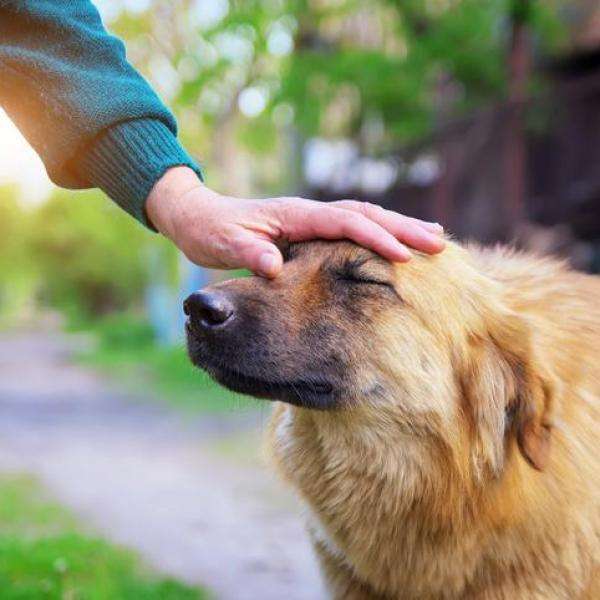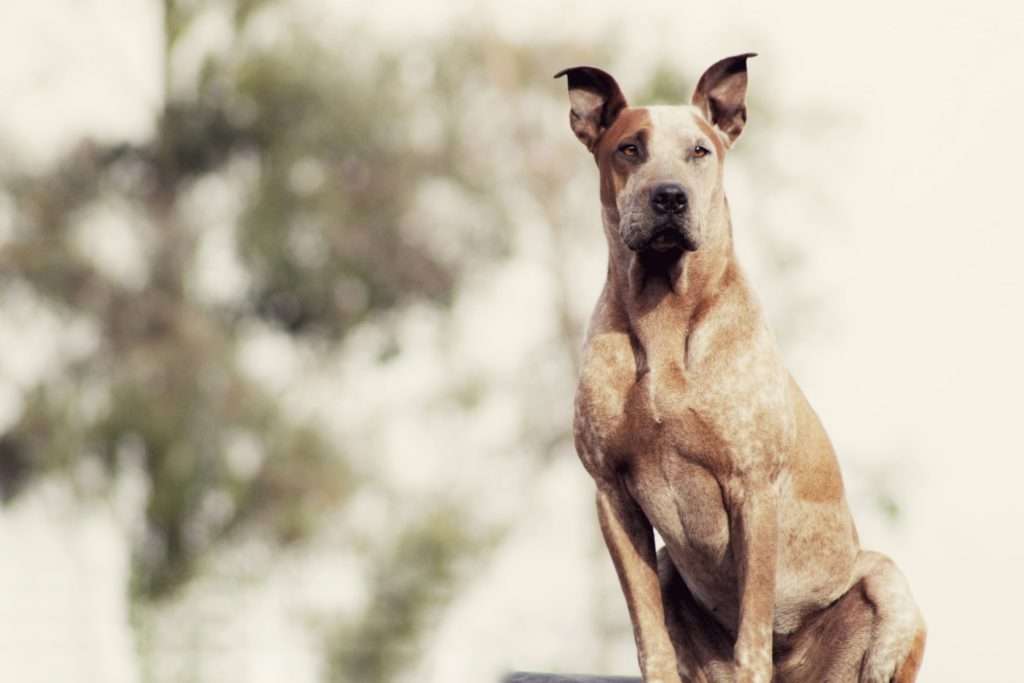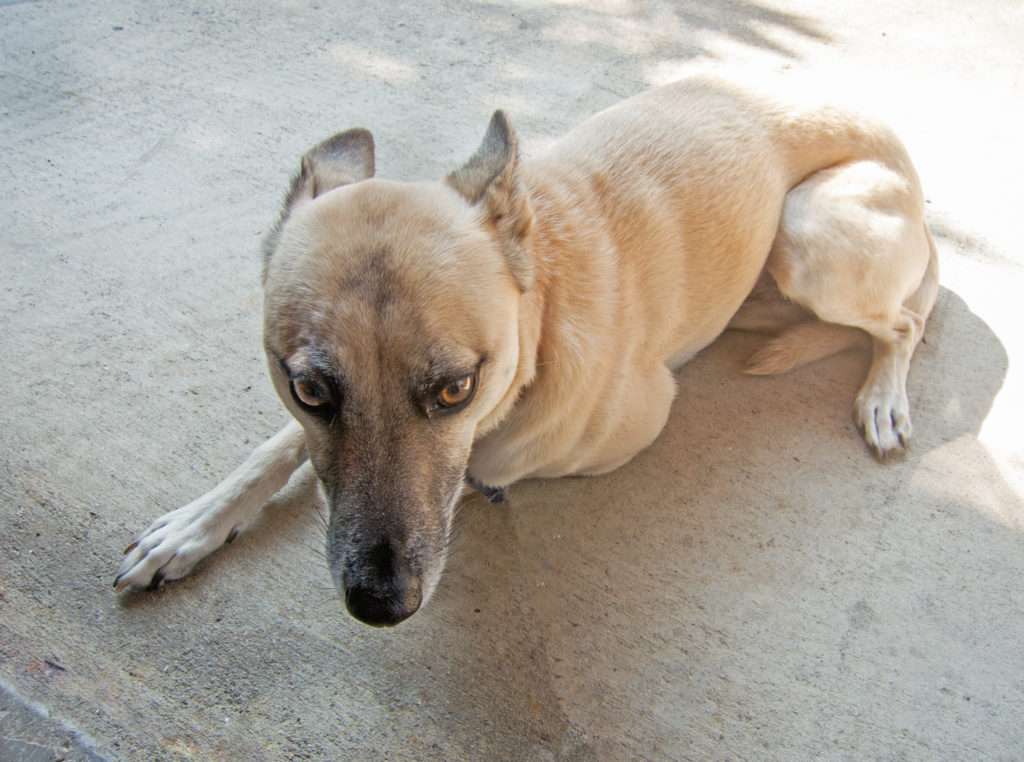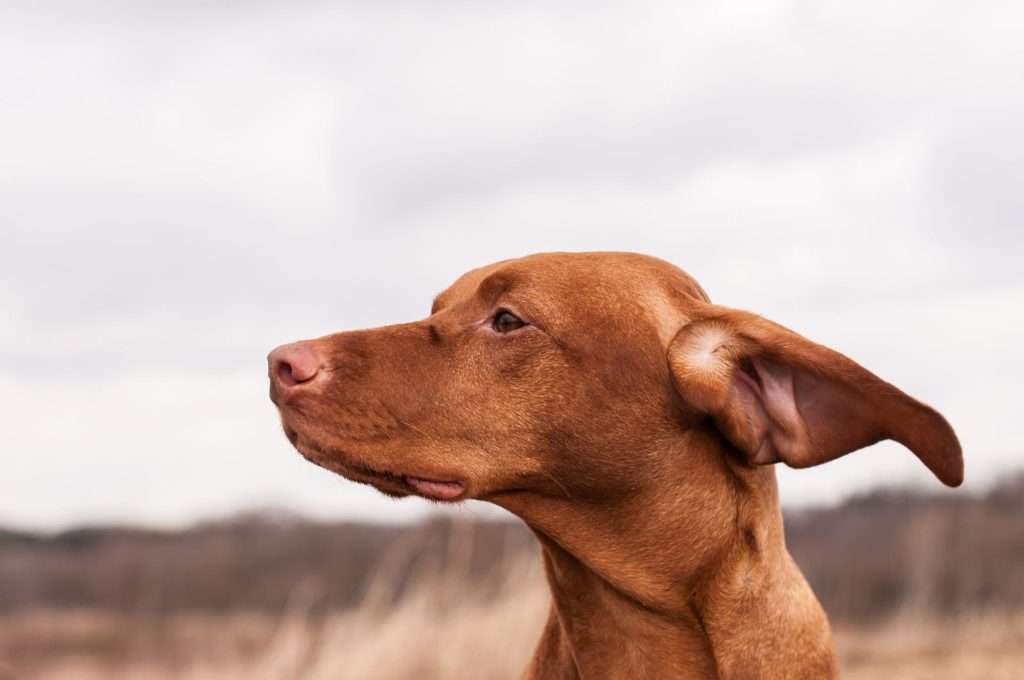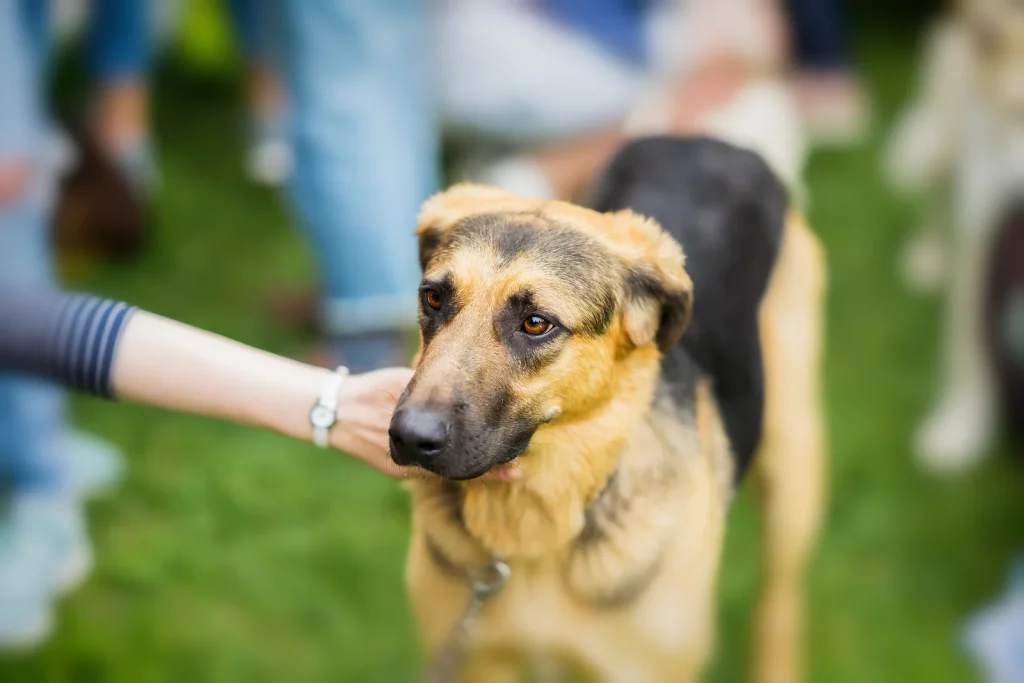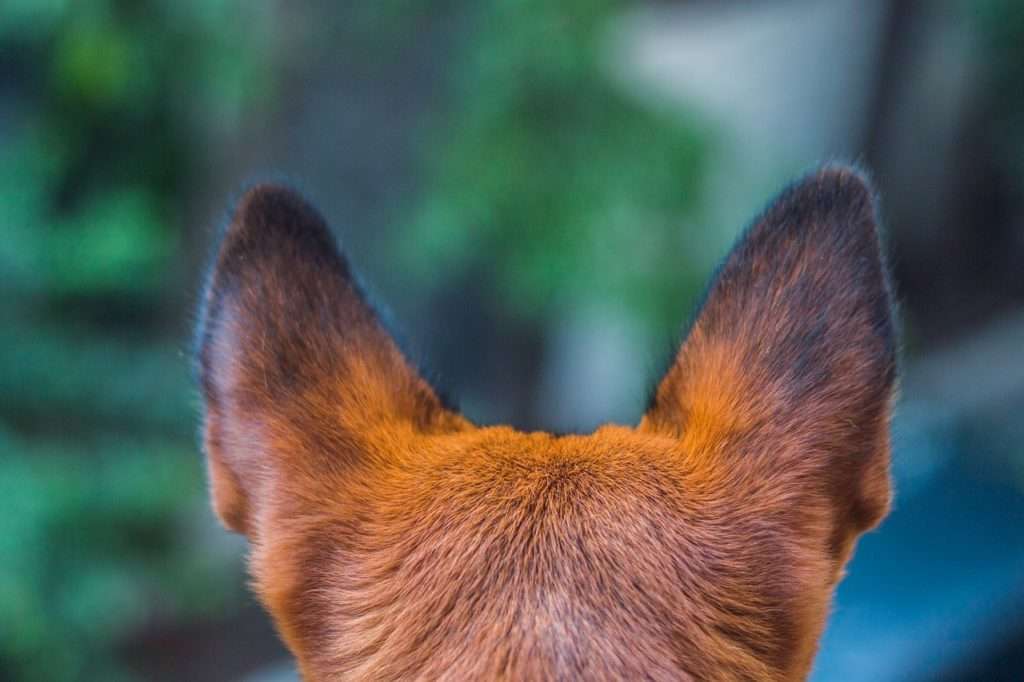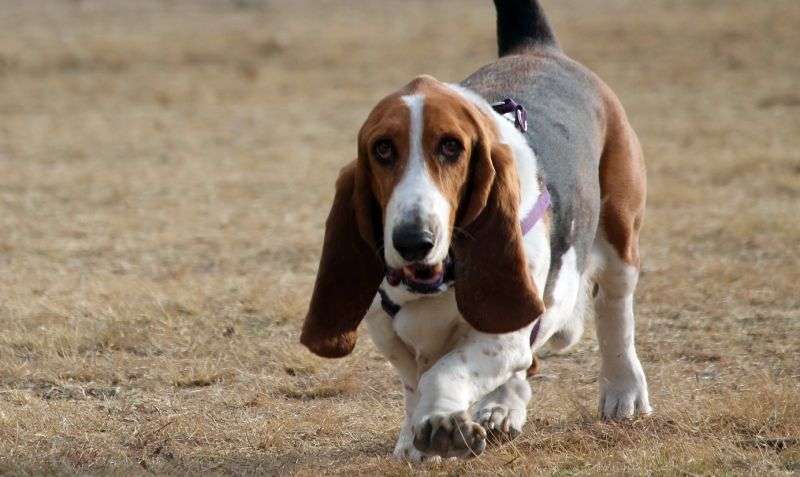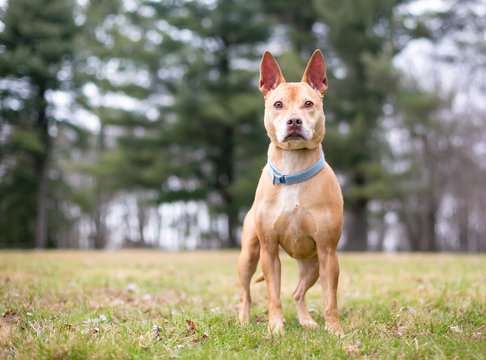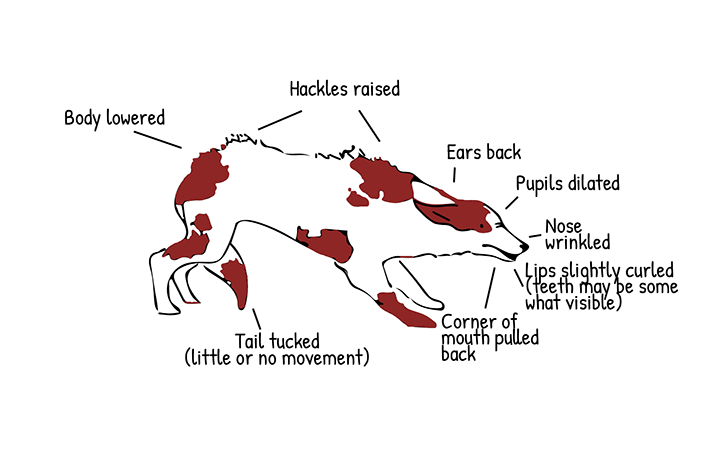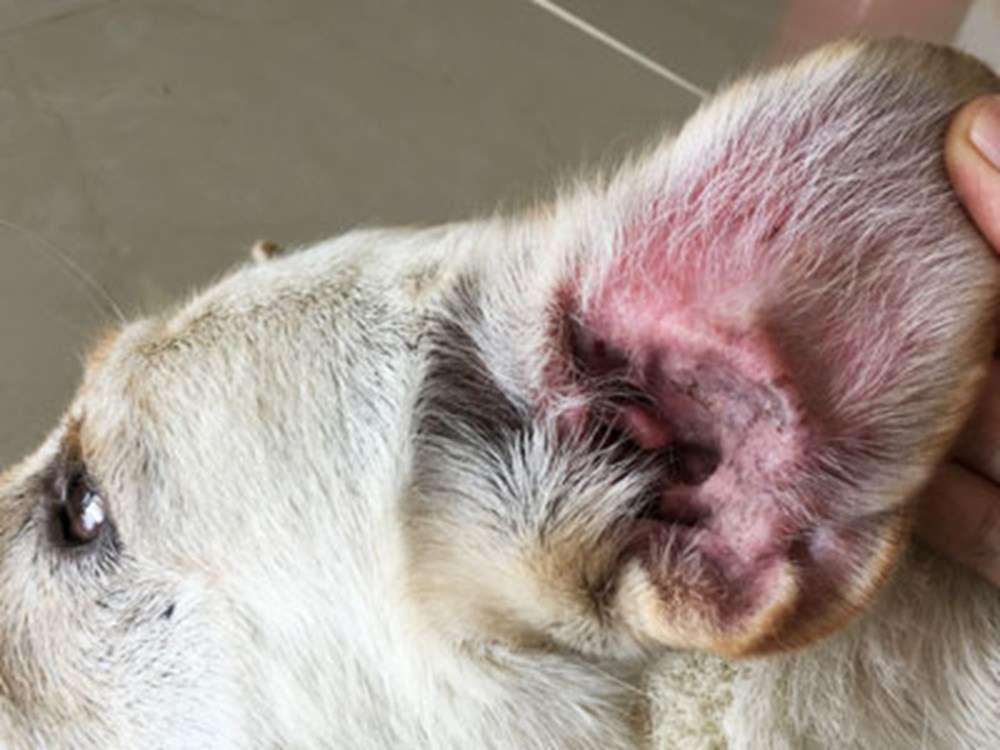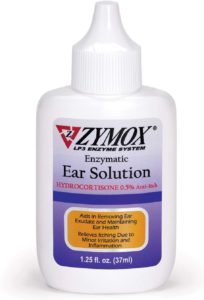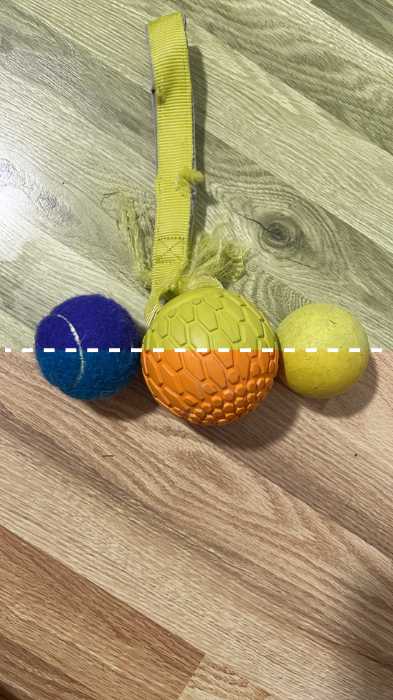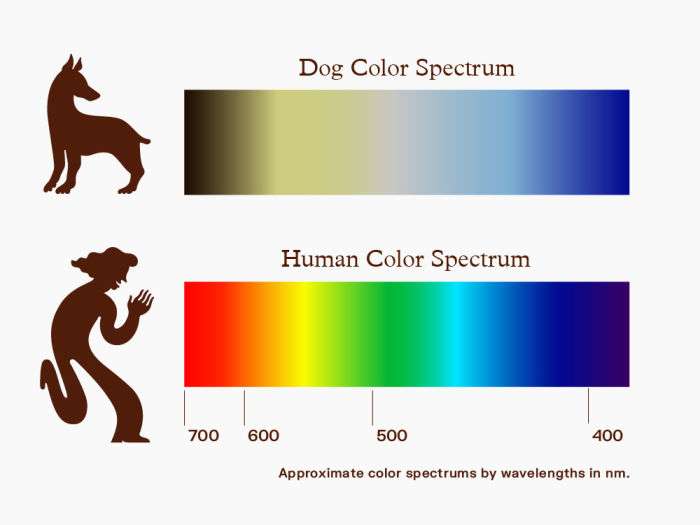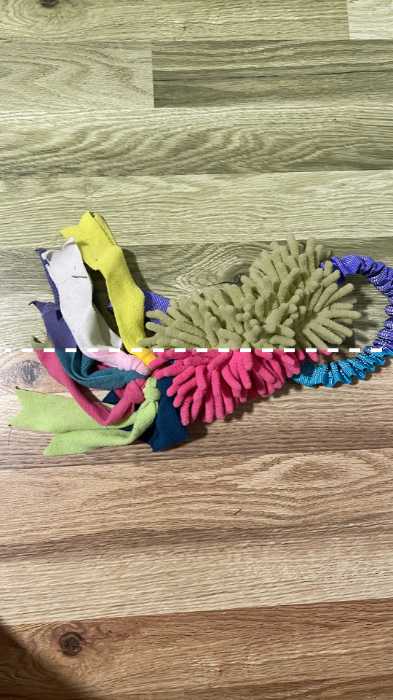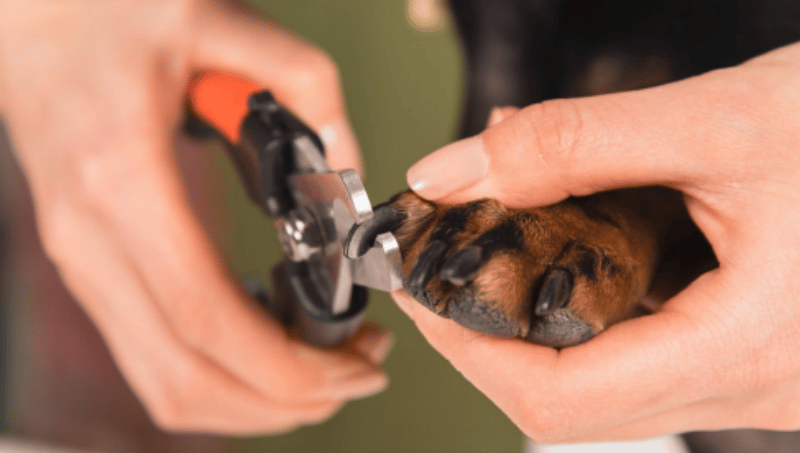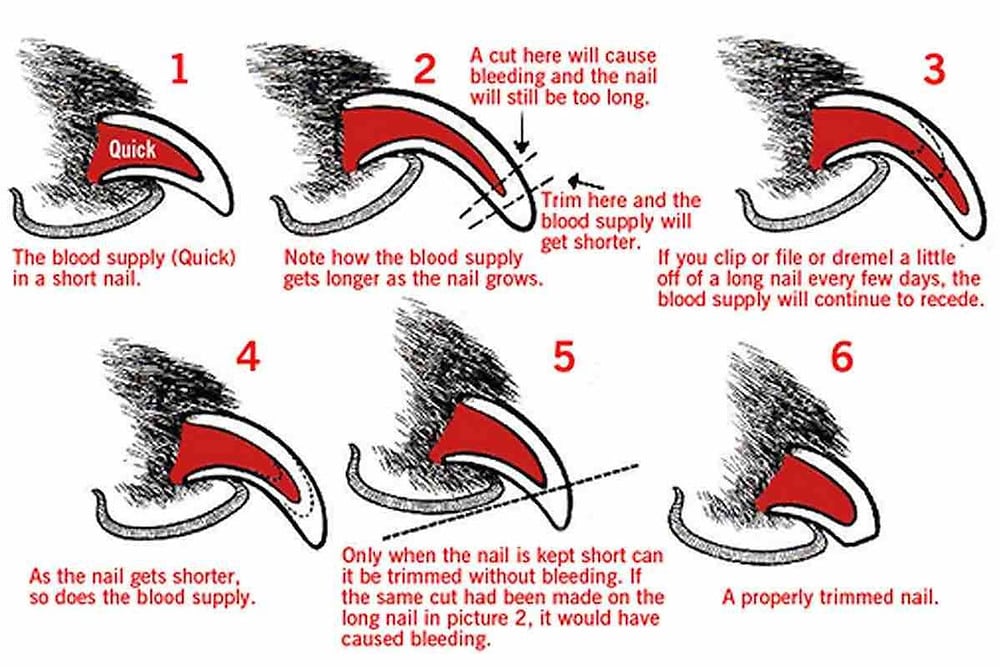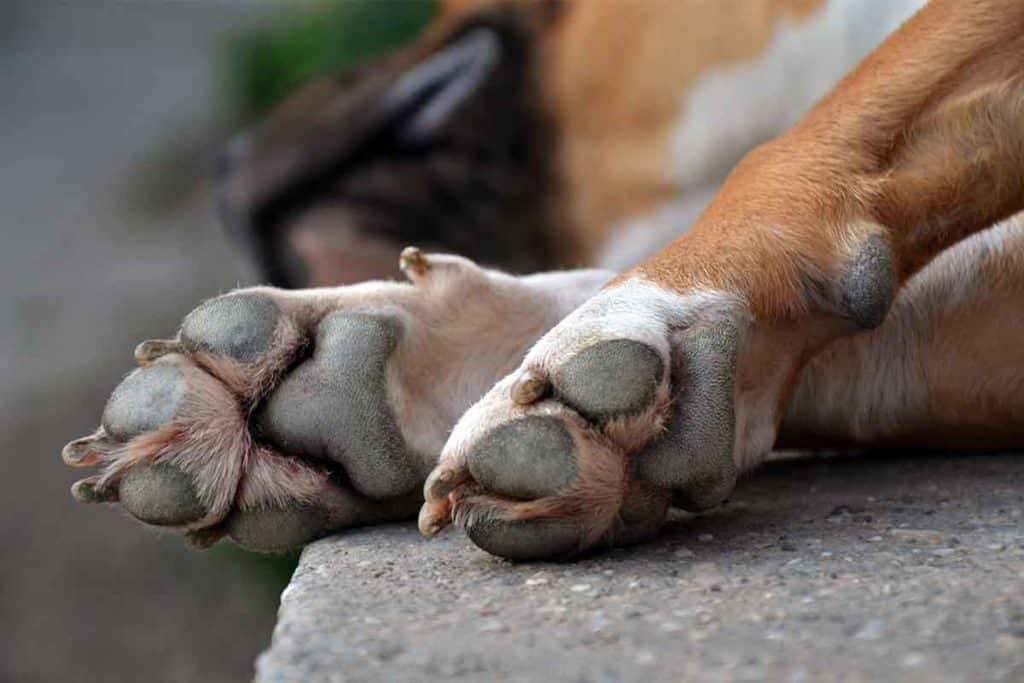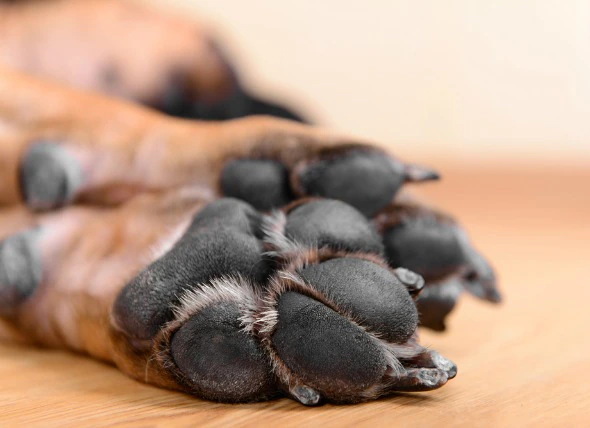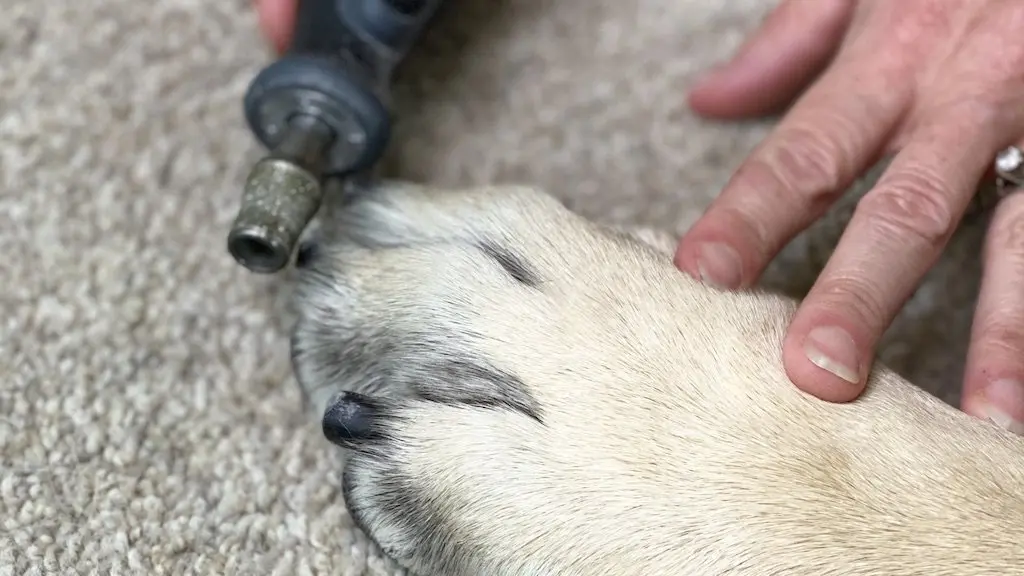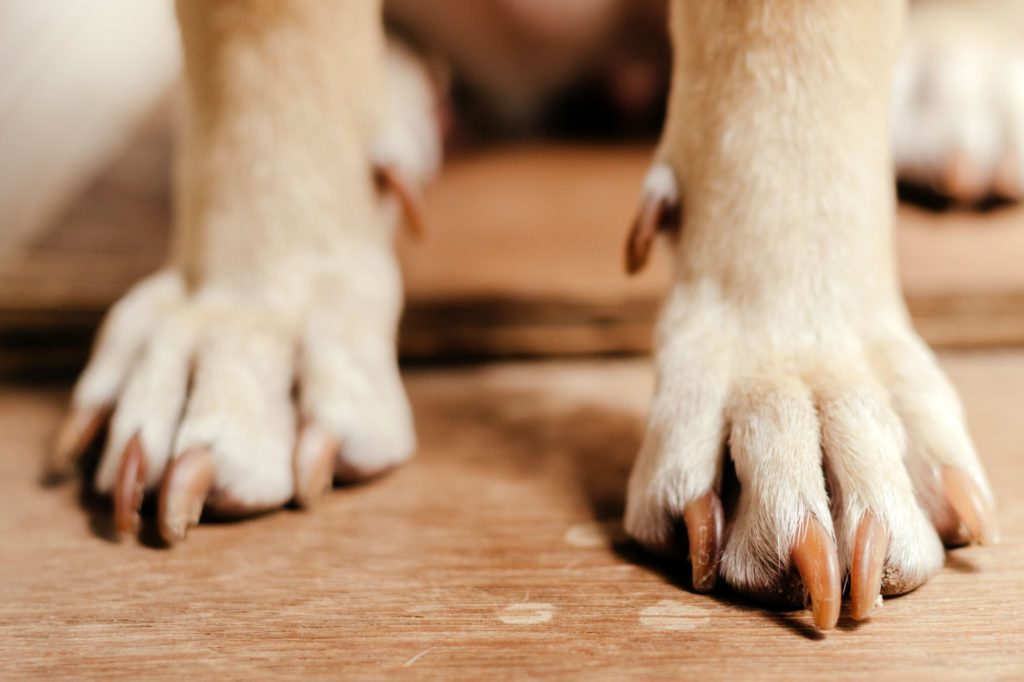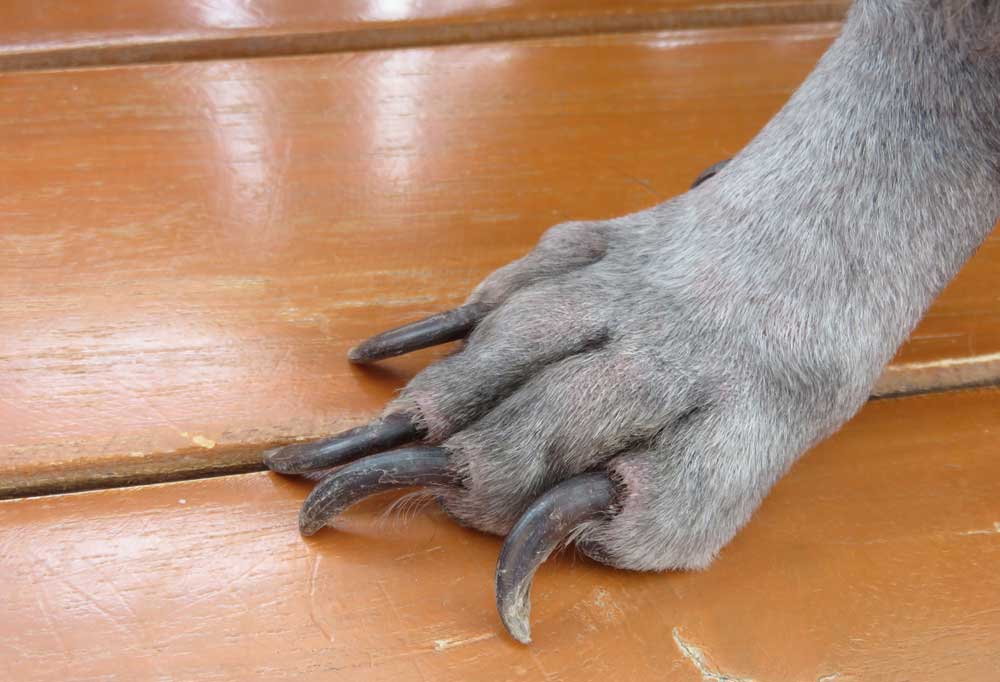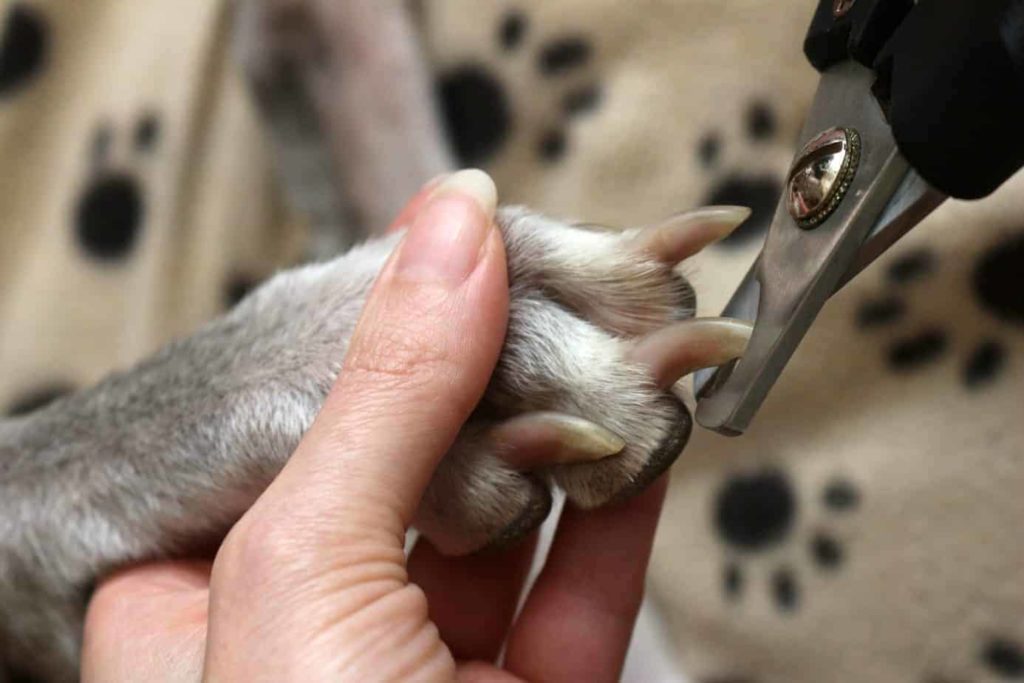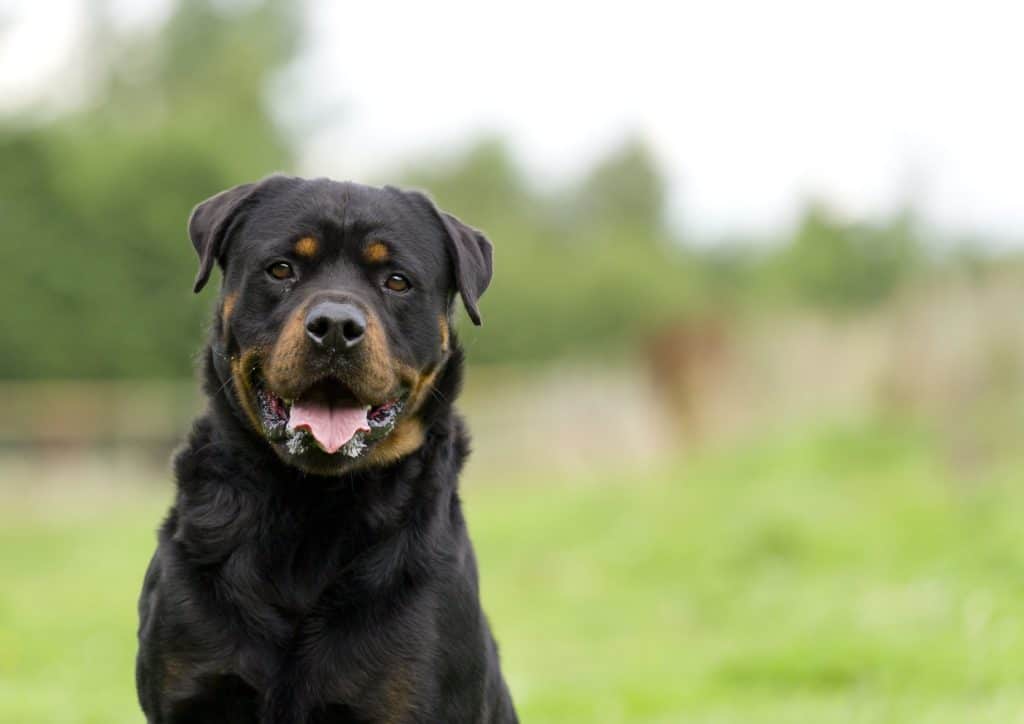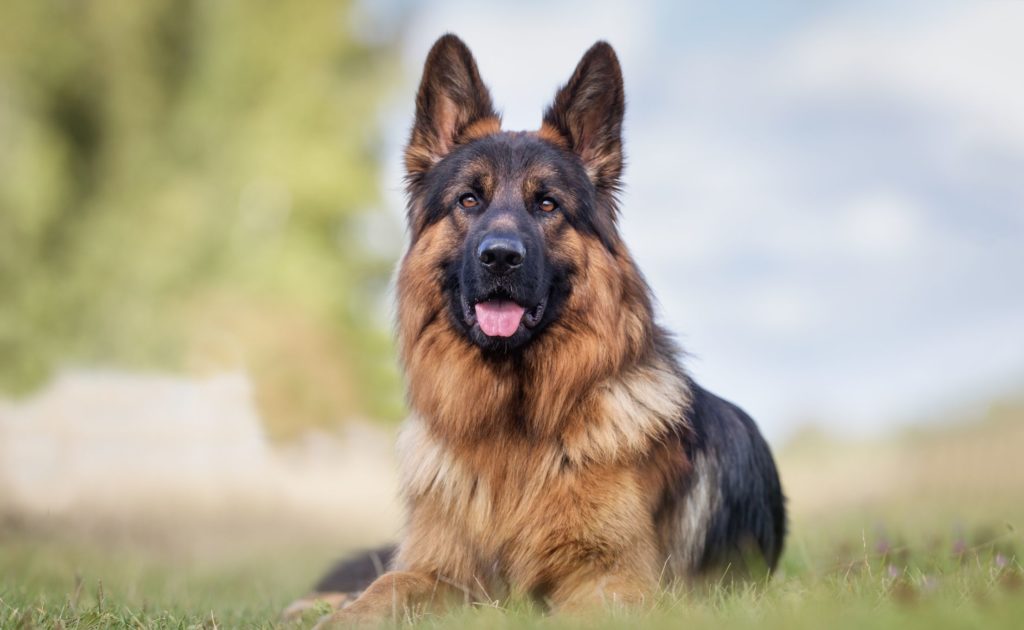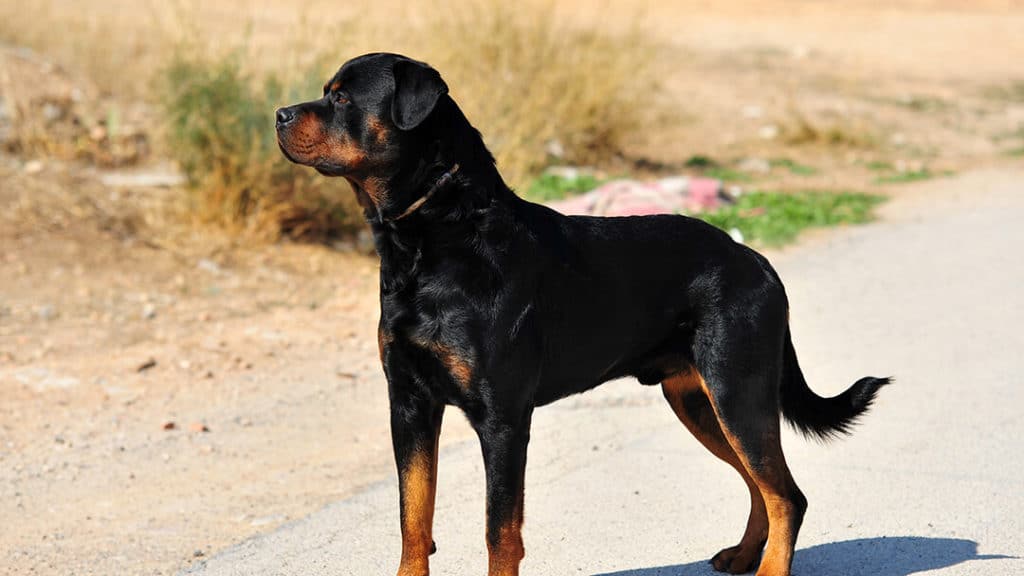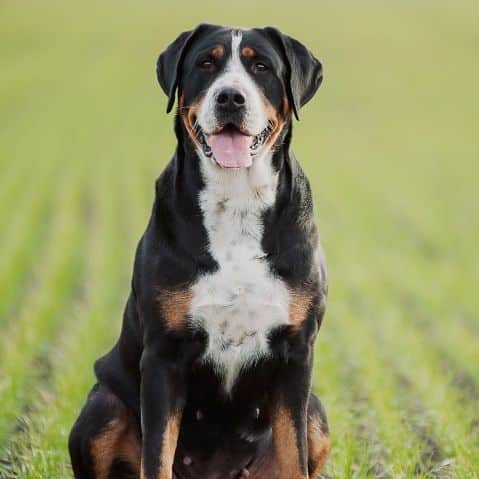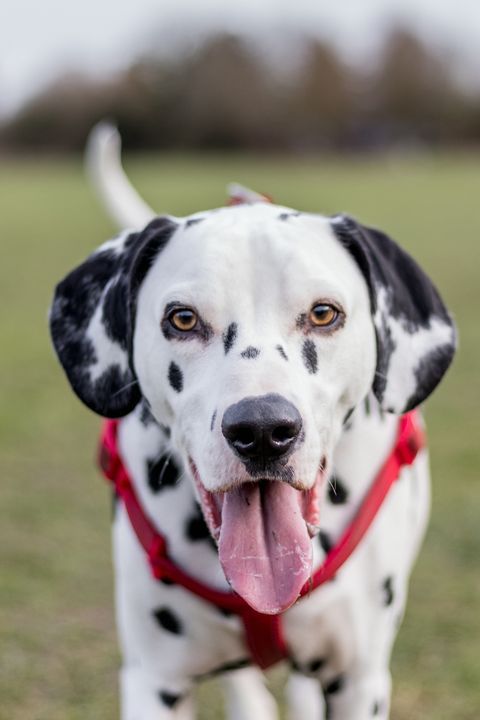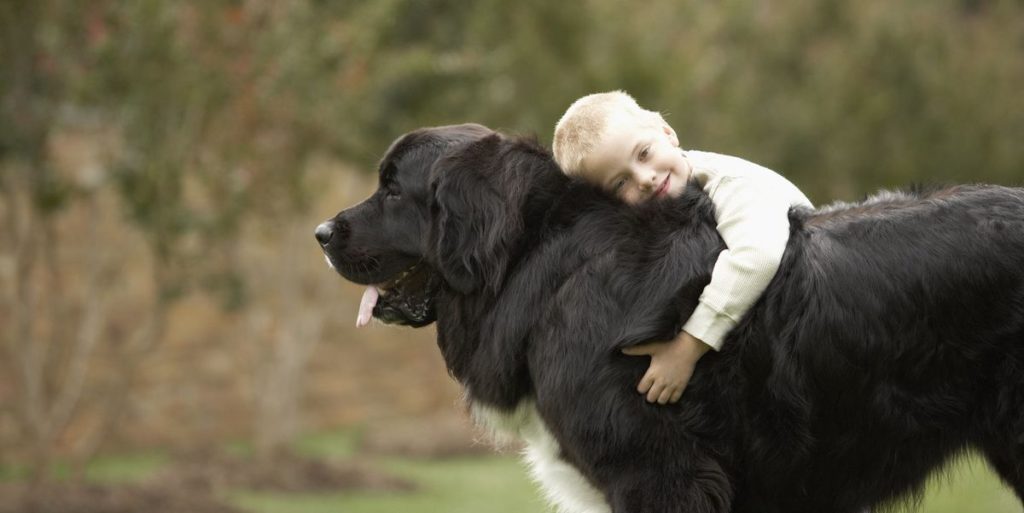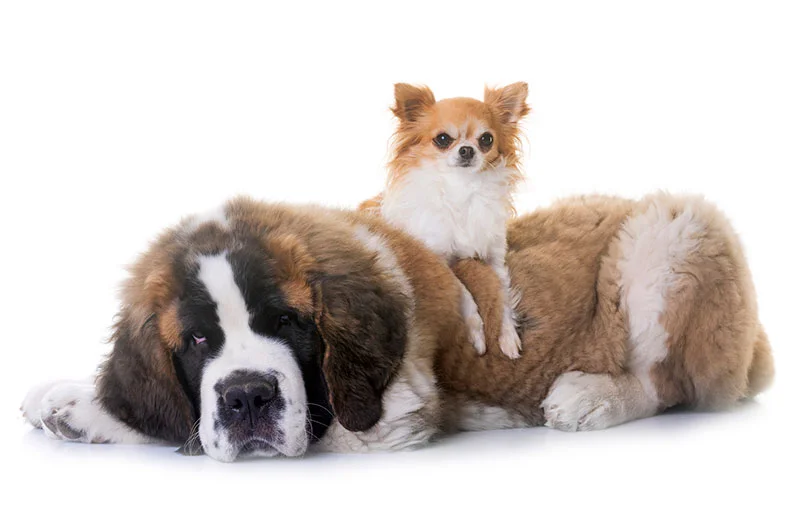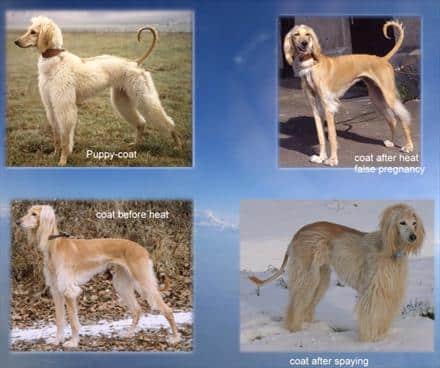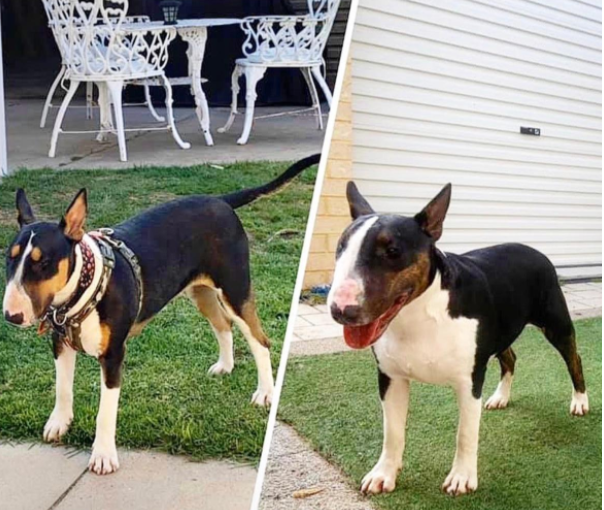Enrichment for dogs is SO important!
If you’re a dog owner, you know that your furry friend needs exercise, a healthy diet, and plenty of love and attention. But did you know that enrichment is also an important part of keeping your dog happy and healthy? In this blog post, we’ll discuss what dog enrichment is, why it’s important, and some easy ways to enrich your dog’s life.

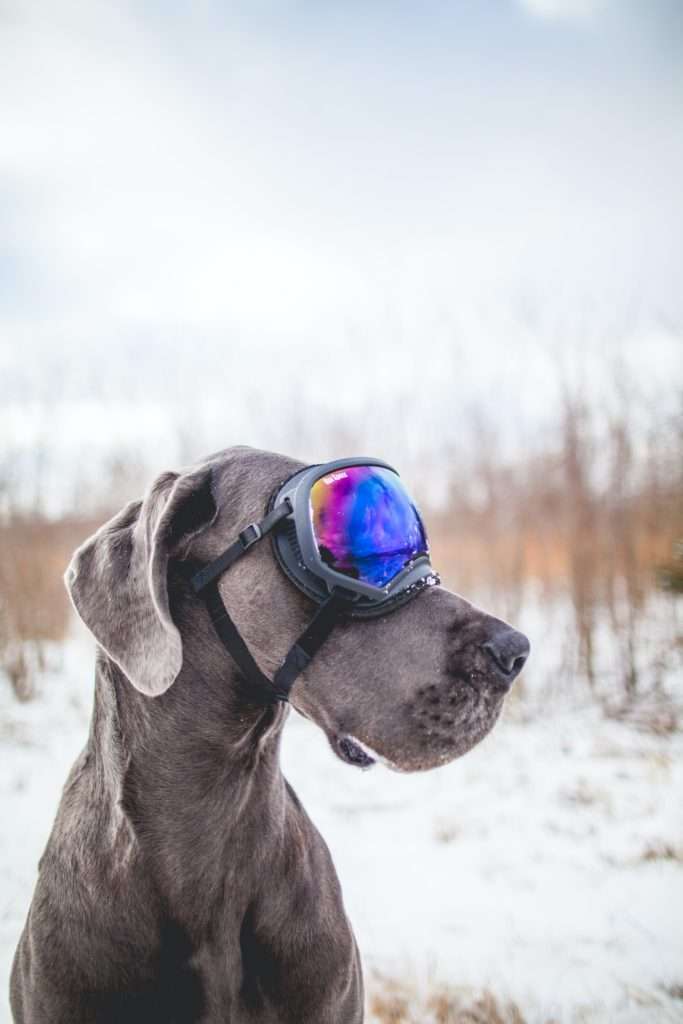
WHAT IS ENRICHMENT FOR DOGS?
Dog enrichment is anything that stimulates your dog’s mind or body in a positive way. Just like people, dogs need stimulation and variety in their lives to stay happy and healthy. Enrichment activities can include things like training, feeding puzzles, chew toys, interactive toys, scent work, and more.
| 5 Boredom Busters for Dogs |
| Puppy Socialization 101 |
| Early Socializing and Why it Matters |
| Your Dog is Bored! |
WHY IS ENRICHMENT AND MENTAL STIMULATION SO IMPORTANT?
Enrichment is important for dogs because it prevents boredom, provides mental stimulation, strengthens the bond between you and your dog, and can help with problem behaviors. Dogs that are bored often turn to destructive behaviors like chewing furniture or digging holes in the yard. Providing enrichment activities can help keep your dog’s mind active and prevent these kinds of problem behaviors from developing.
Enrichment activities also provide an opportunity for you to bond with your dog. Training sessions are a great way to have quality time together while also teaching your dog useful skills. Feeding puzzles are another great way to bond with your dog while providing them with mental stimulation – plus, they’re a lot of fun!
EASY WAYS TO PROVIDE CANINE ENRICHMENT

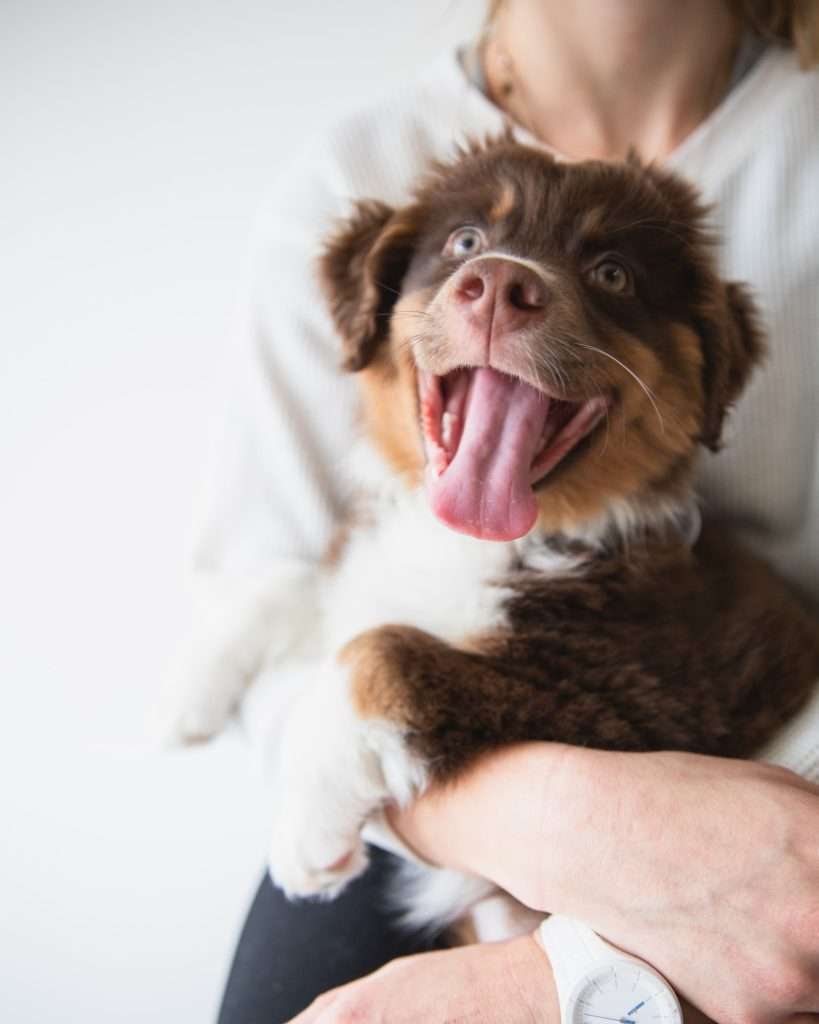
There are lots of easy ways to add enrichment activities into your dog’s life. If you’re not sure where to start, here are a few ideas:
- Take your dog for a walk in a new place – different sights and smells will stimulate their senses and make for an exciting adventure!
- Buy or make a simple puzzle toy – there are tons of great options available online or at your local pet store. You can also easily make your own puzzle toy by putting some kibble or treats inside an empty water bottle or cardboard box.
- Sign up for a training class – training classes are a great way to bond with your dog while teaching them useful skills. Check out your local humane society or animal shelter for affordable class options in your area.
- Make homemade frozen treats – fill an ice cube tray with chicken broth or peanut butter mixed with some of your dog’s favorite kibbles for a simple and delicious treat that will keep them cool on hot summer days.
Enrichment activities are an important part of keeping your dog happy and healthy. By providing enrichment activities for your dog, you can prevent boredom and destructive behavior, strengthen the bond between you and your furry friend, and give them the mental stimulation they need to thrive.
There are lots of easy ways to add enrichment into your dog’s life – take them for walks in new places, buy or make puzzle toys, sign up for training classes, play fetch, or make homemade frozen treats. By including enrichment activities in your dog’s life, you’ll be giving them the best possible chance to live a happy and healthy life!
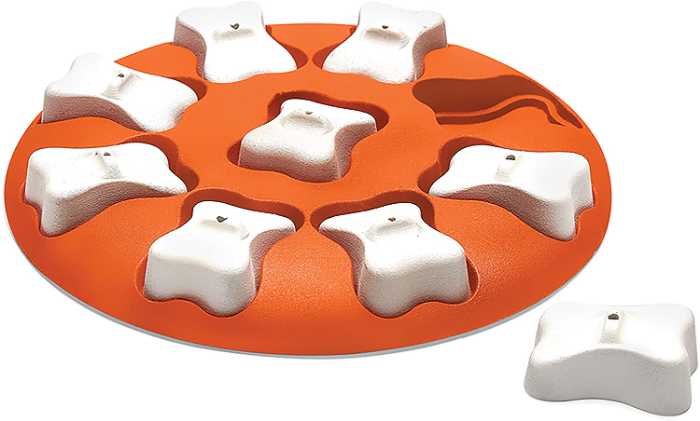
DOG ENRICHMENT TOYS
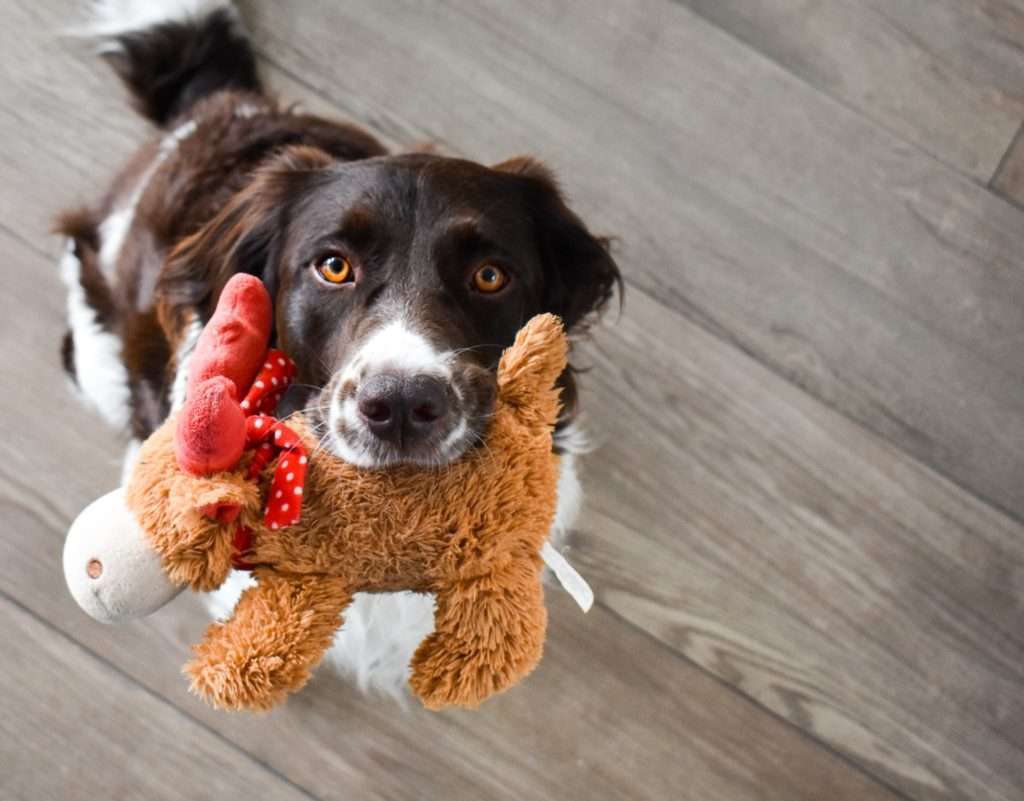
Dogs need both physical and mental exercise in order to stay happy and healthy. Canine friends are known for demonstrating destructive behavior if they are not provided with some way of staying mentally stimulated.
Using dog enrichment toys can be a fantastic way for dog owners to provide their furry friend with the stimulation they need in a fun and engaging way.
An example of one is this ball, below, which allows dogs to work for the treats they are given.
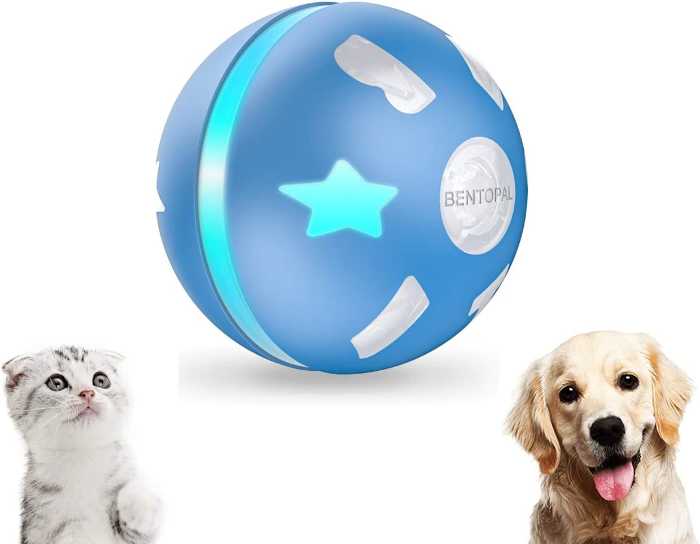
Dog enrichment toys come in all shapes and sizes, from simple chew toys to more complex puzzle feeders. Choosing the right toy for your dog will depend on their individual personality and preferences.
Let’s talk about some of our favorite dog enrichment toys.
THE KONG CLASSIC DOG TOY
The Kong Classic Dog Toy is one of the most popular dog enrichment toys on the market. The Kong is a rubber toy that can be filled with treats or kibble, making it a great option for both mental and physical stimulation. Kongs come in different sizes to accommodate all different dogs, and they can even be frozen for an extra challenge.
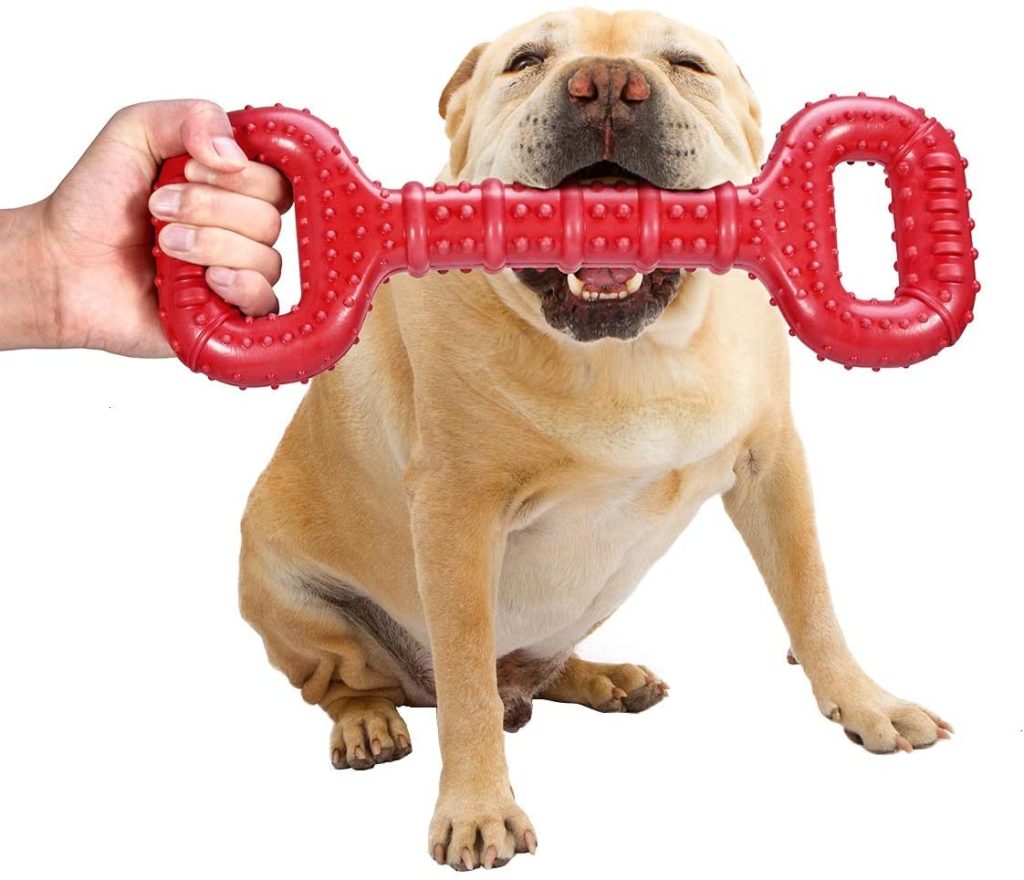
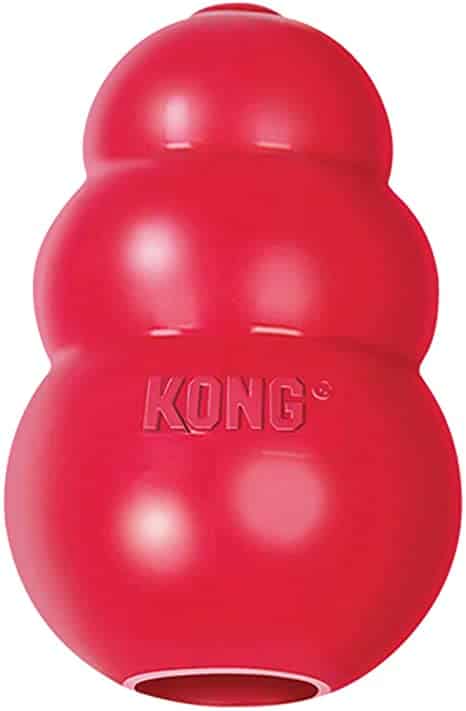
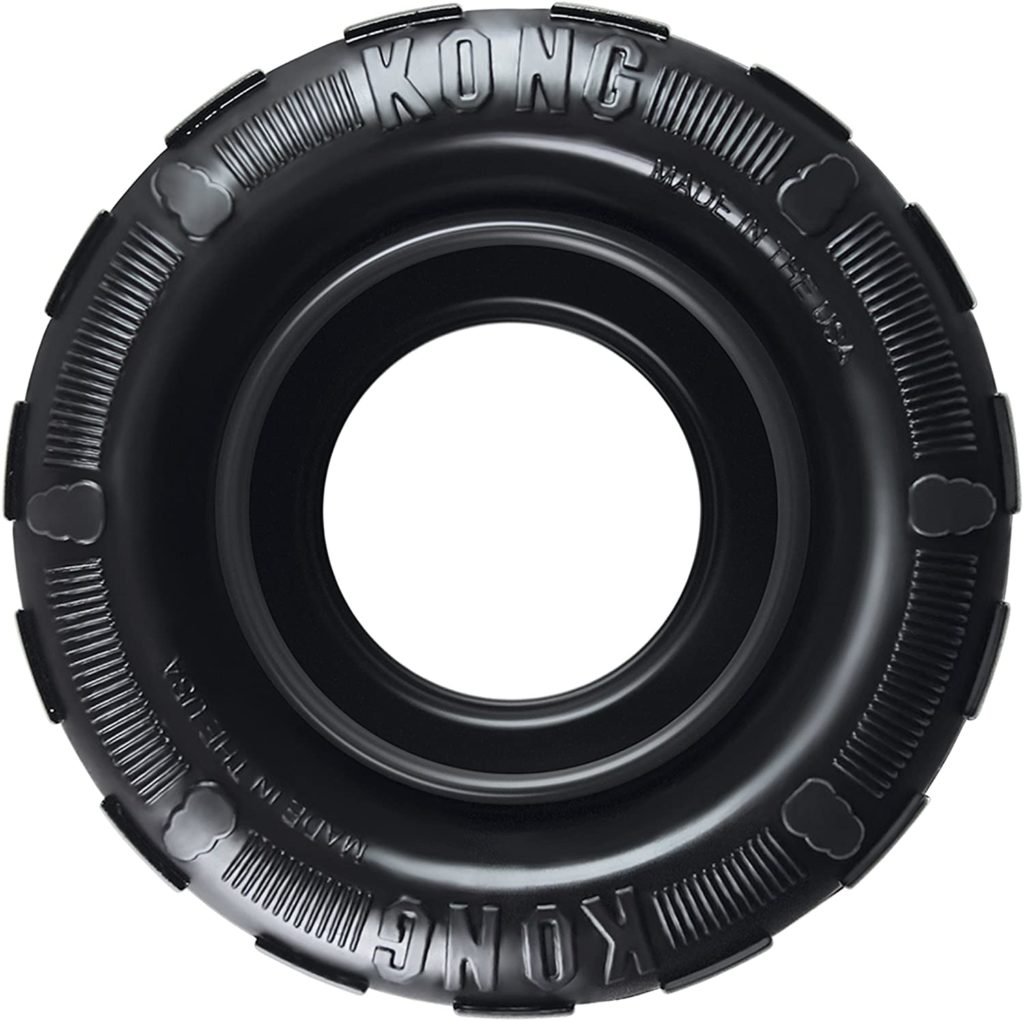
THE NINA OTTOSON PUZZLE FEEDER
The Nina Ottosson Puzzle Feeder is a great option for dogs who need a mental challenge. This toy requires your dog to use their nose and paws to figure out how to get to the treats inside. The Puzzle Feeder can be adjusted to different levels of difficulty, making it a great choice for both beginner and experienced puzzlers. Dog food puzzles provide mental enrichment which keep your dog mentally stimulated, while also allow adult dogs (and puppies) caloric intake to remain monitored!

THE CHUCKIT BALL LAUNCHER
The Chuckit! Ball Launcher is perfect for active dogs who live for a good game of fetch. The Chuckit! Ball Launcher makes it easy to throw the ball farther and faster, giving your dog an extra workout. This toy is also great for owners who have limited mobility, as it eliminates the need to bend over to pick up the ball.
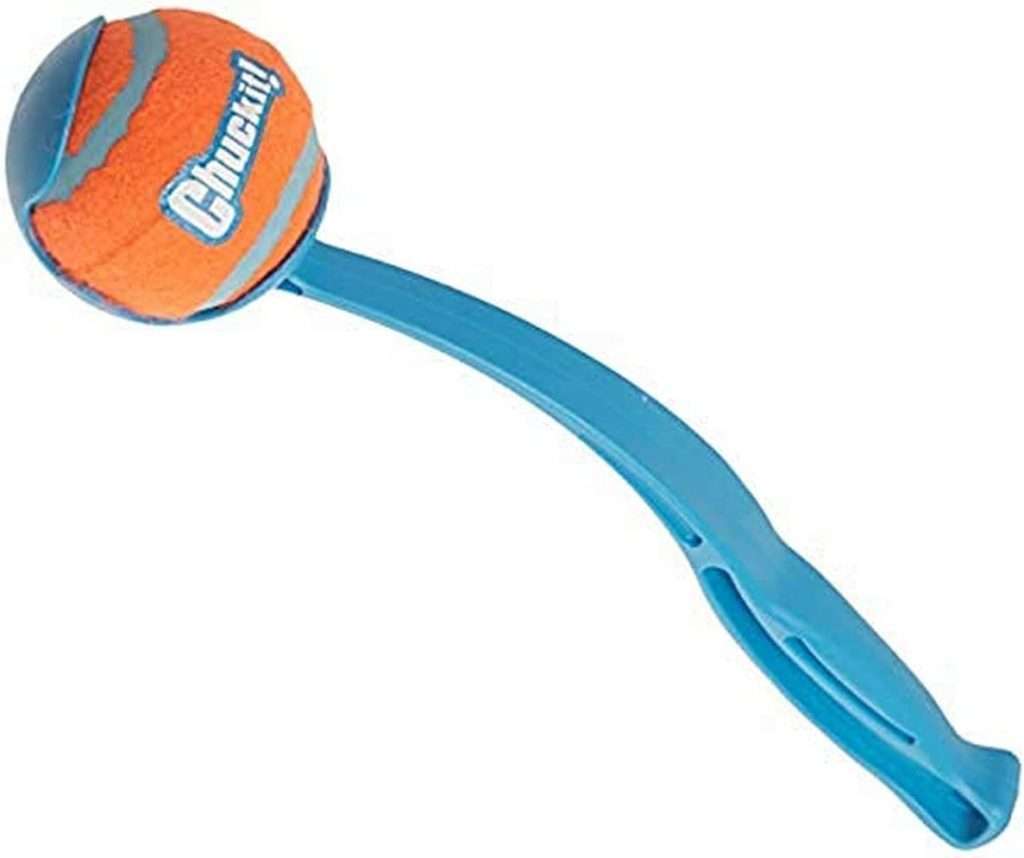
SNUFFLE MATS
Snuffle mats are a great way to give your dog’s nose a workout. Snuffle mats are made from fabric and filled with treats or kibble, which encourages your dog to use their sense of smell to find the food. Snuffle mats can be used indoors or outdoors, making them a versatile option for all kinds of dogs.
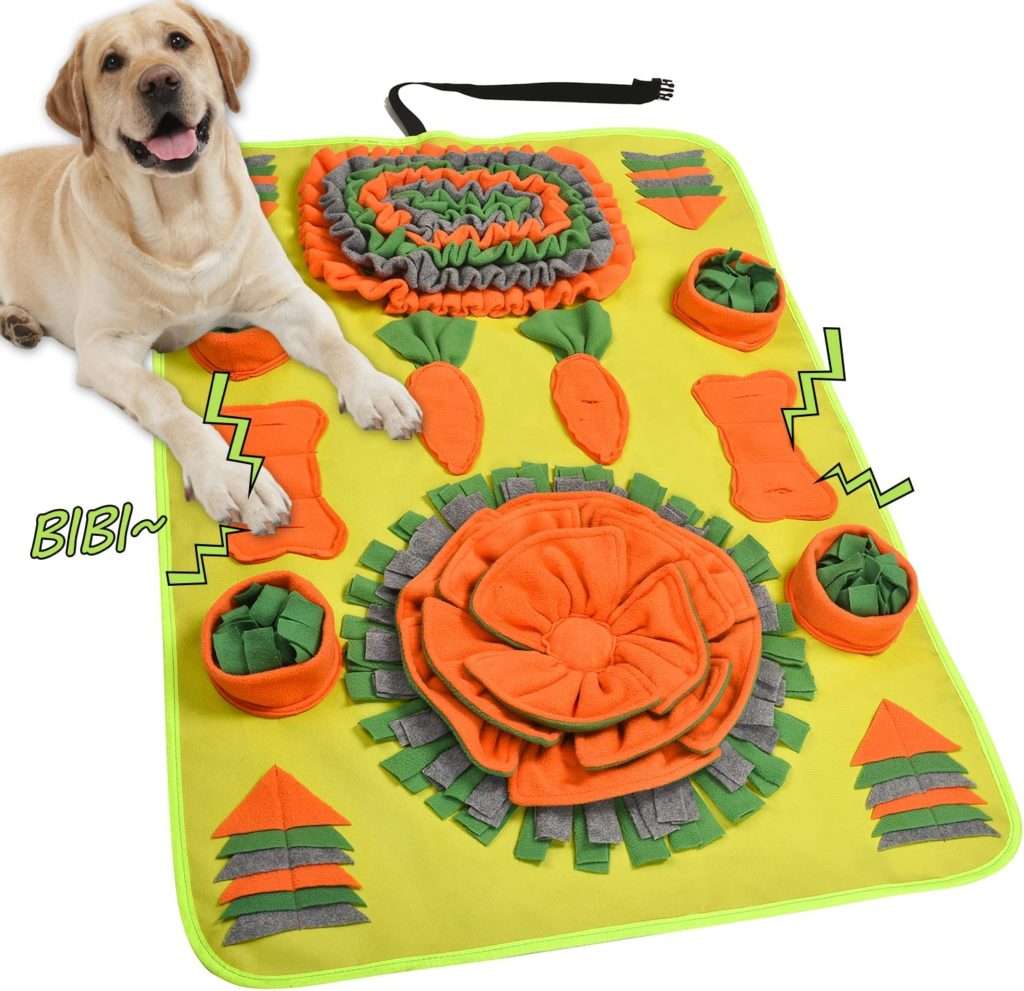
FLIRT POLES
Flirt Poles are a great way to get your dog moving. This toy consists of a pole with a rope attached, which you can use to tease your dog and encourage them to chase. Flirt Poles are perfect for dogs who need an extra burst of energy, and they can be used both indoors and outdoors. If you have an active dog, investing in a flirt pole is something that will lower unwanted behaviors and let your dog get their physical enrichment as well as their mental enrichment.

HOMEMADE ENRICHMENT TO KEEP YOUR DOG ENTERTAINED

You don’t have to spend a ton of money on puzzle toys and enrichment games to keep your dog busy.
There are an abundance of ways that you can create your own enrichment games at home.
DIY toys are becoming more popular for social enrichment, cognitive enrichment and physical enrichment.
CREATE YOUR OWN FLIRT POLE
A flirt pole is a great way to get your dog moving and can be easily made at home with a few supplies.
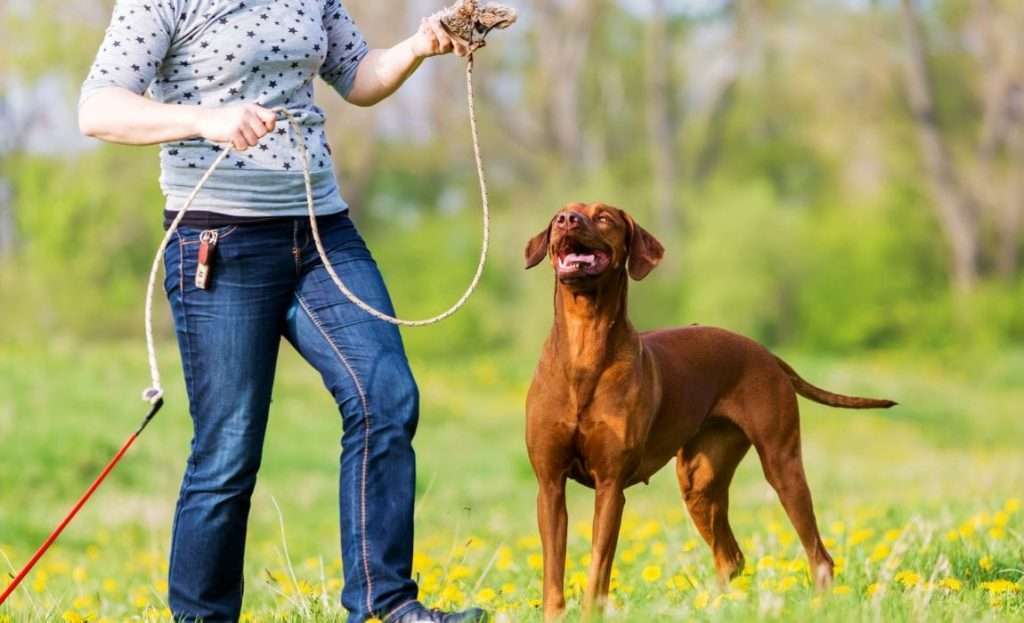
You will need:
- A PVC pipe (1/2 inch in diameter and 3-4 feet long)
- A rope (approximately 6 feet long)
- A knotted rag or toy
To make your flirt pole, simply tie one end of the rope to the PVC pipe and the other end to the knotted rag or toy. You can then use the pole to tease your dog and encourage them to chase. This is a great way to tire out even the most active dog and let your dog live happily doing things that attract their natural instincts!
TOILET PAPER ROLLS
Dog owners can provide enrichment with something as easy as old toilet paper rolls.
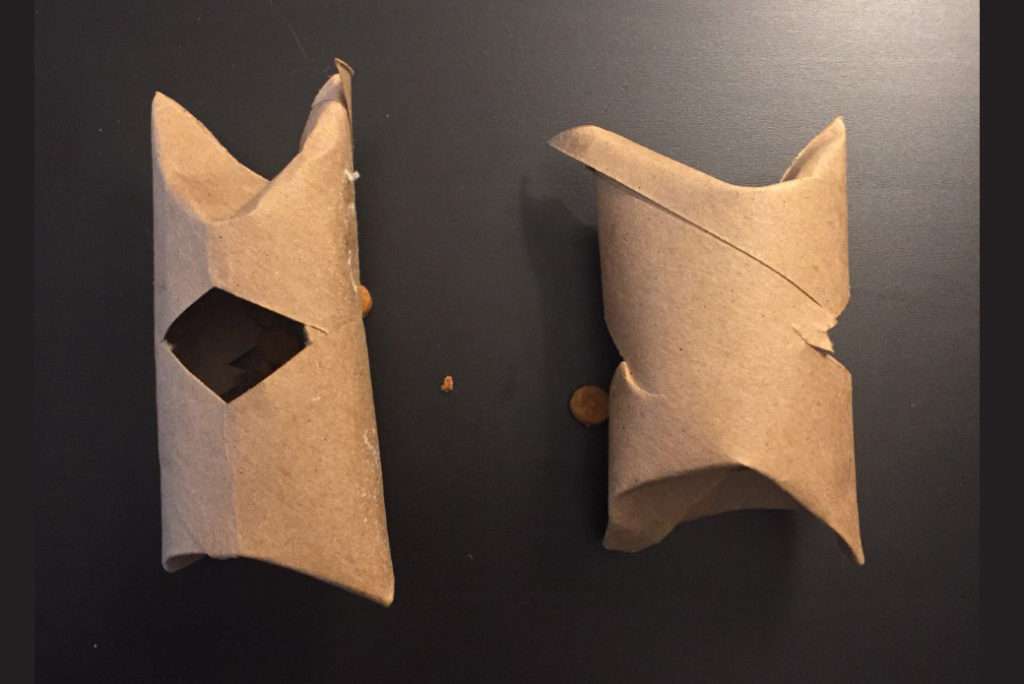
Toilet paper rolls can be filled with treats or kibble and then sealed shut with duct tape. Your dog will then need to use their nose to figure out how to get the food out of theroll. This is a great way to keep your dog’s mind challenged and active.
PLASTIC WATER BOTTLES
Another easy way to create enrichment for your dog is to stuff a small treat inside a plastic water bottle and seal it shut. Your dog will then need to figure out how to get the treat out of the bottle. This is a great way to keep your dog’s mind challenged and active.
HOMEMADE TREAT BALL
A homemade treat ball is a great way to provide both mental and physical enrichment for your dog.
To make a treat ball, simply take a small rubber ball (such as a tennis ball) and cut a small hole in it. Stuff the ball with treats or kibble, and then seal the hole with duct tape. Your dog will then need to figure out how to get the treats out of the ball by rolling it around. This is a great way to keep your dog’s mind challenged and active.
HOMEMADE PUZZLE TOY
A homemade puzzle toy is a great way to provide mental enrichment for your dog.
To make a puzzle toy, simply take an empty tissue box and fill it with treats or kibble. Your dog will then need to figure out how to get the treats out of the box by using their nose or paw. This is a great way to keep your dog’s mind challenged and active.
CARDBOARD BOXES
You don’t have to be a professional dog trainer to get a tired dog with household items like cardboard boxes!
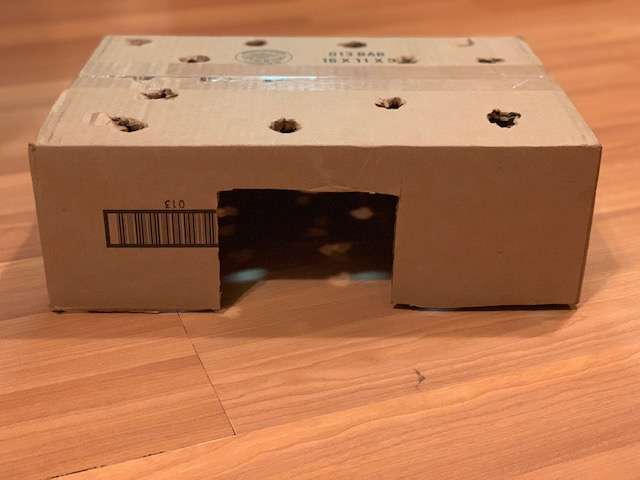
Enrichment games can be easy and cheap.
Using old cardboard boxes, you can create a variety of enrichment games for your dog.
Some examples include:
- Tunnel: Create a tunnel by joining two cardboard boxes together with duct tape. Your dog can then crawl through the tunnel to get to the other side.
- Hide and Seek: Place your dog in another room while you hide food or treats inside a cardboard box. Your dog will then need to use their nose to find the treat. Hiding treats will keep your dog excited and break up your dog’s routine.
- Obstacle Course: Create an obstacle course by placing cardboard boxes in different shapes and sizes around your home. Your dog will then need to navigate their way through the obstacle course. This is a great way to tire out even the most active dog!
MUFFIN TIN PUZZLE
Your dog’s mind will absolutely love trick training with a basic kitchen muffin tin.
Here’s how it works: place a treat in each muffin section and then cover the treats with tennis balls. Once your dog figures out that there is food under the tennis balls, they will need to use their nose or paw to remove the ball and get to the treat.
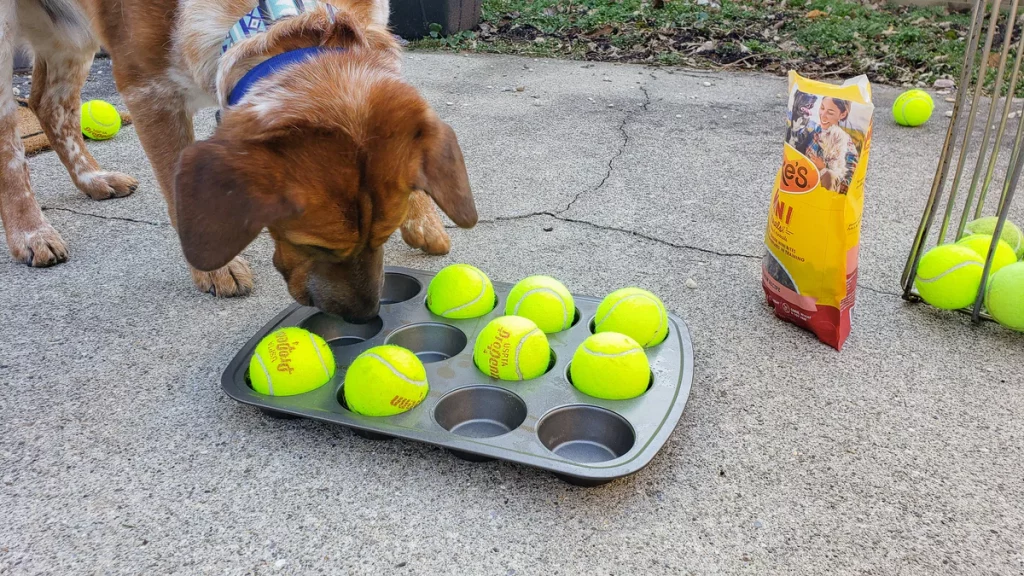
Using the muffin tin somewhat like a snuffle mat, this activity works like similar scent games or enrichment toys to help your dog sniff out the treats or food. Most dogs love to search for the hidden treats, and will feel exhausted and satisfied after this canine enrichment!
This is a great way to keep your dog’s mind challenged and active.
DOGGY ICE CUBES
Doggy ice cubes are a great way to keep your dog cool in the summer months.
To make doggy ice cubes, simply fill an ice cube tray with water and add a small toy or treat to each compartment. Freeze the tray overnight and then give your dog one of the frozen cubes. Your dog will then need to lick the frozen ice cubes until they can get the treat out.
Chippin’ has some treats that are high in protein and great for games.

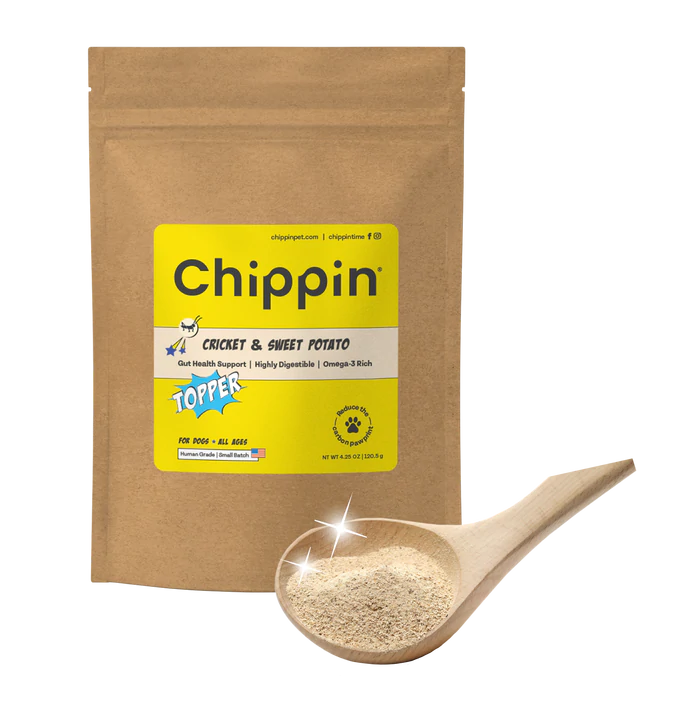
PAPER TOWEL ROLLS
Canine enrichment CAN take place with a dog toy or physical exercise, but it also can be as simple as using something like paper towel rolls. If your dog loves dog toys that roll around and make noise, this is a great activity for them!
To make paper towel rolls, simply take an empty paper towel roll and stuff it with treats or kibble. Your dog will then need to figure out how to get the treats out of the roll by using their nose or paw. This is a great way to keep your dog’s mind challenged and active.
USING YOUR DOG’S FAVORITE TREATS FOR MENTAL EXERCISE
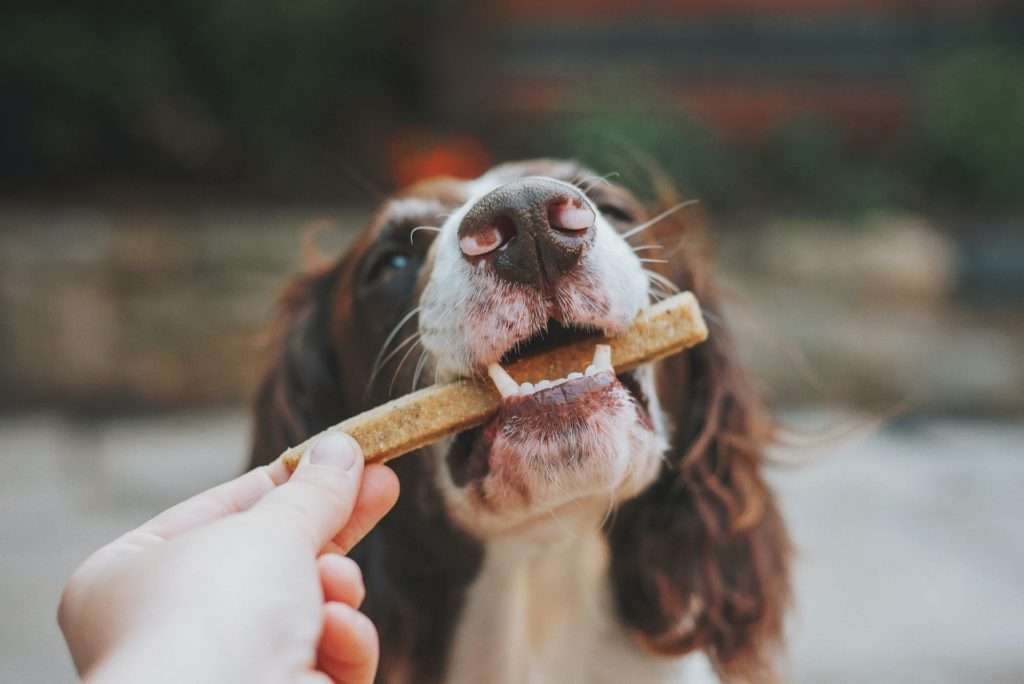
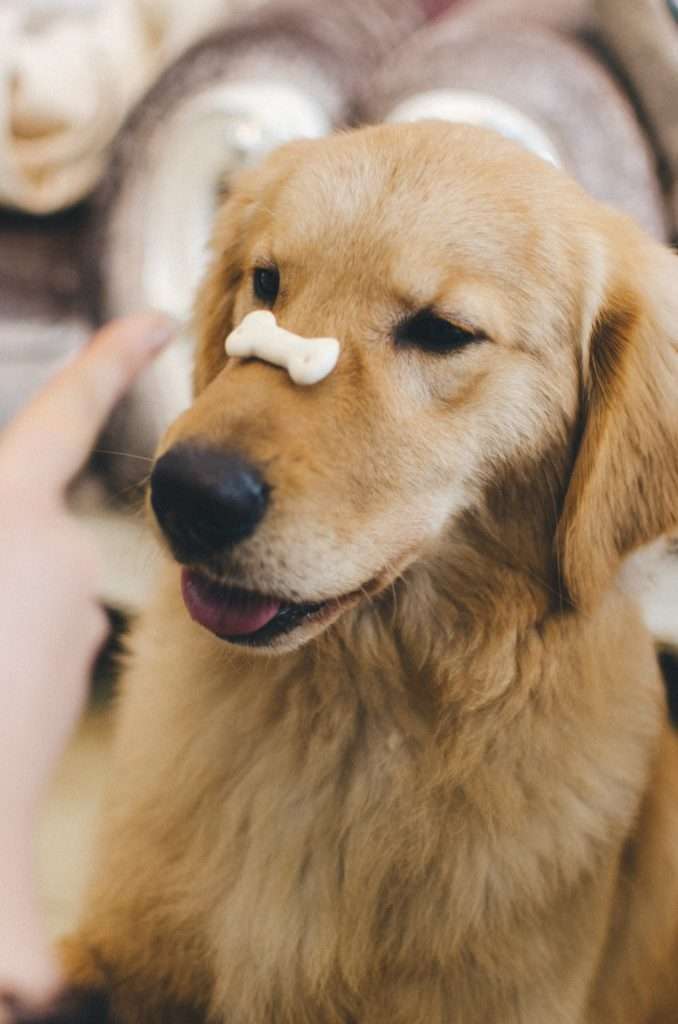
Make sure when you are substituting a dog toy for diy dog enrichment toys, you hide treats that your dog really loves.
Make sure that your dog likes the treats or food that you stuff in the toy. Try different kinds of foods to see what your dog is motivated by.
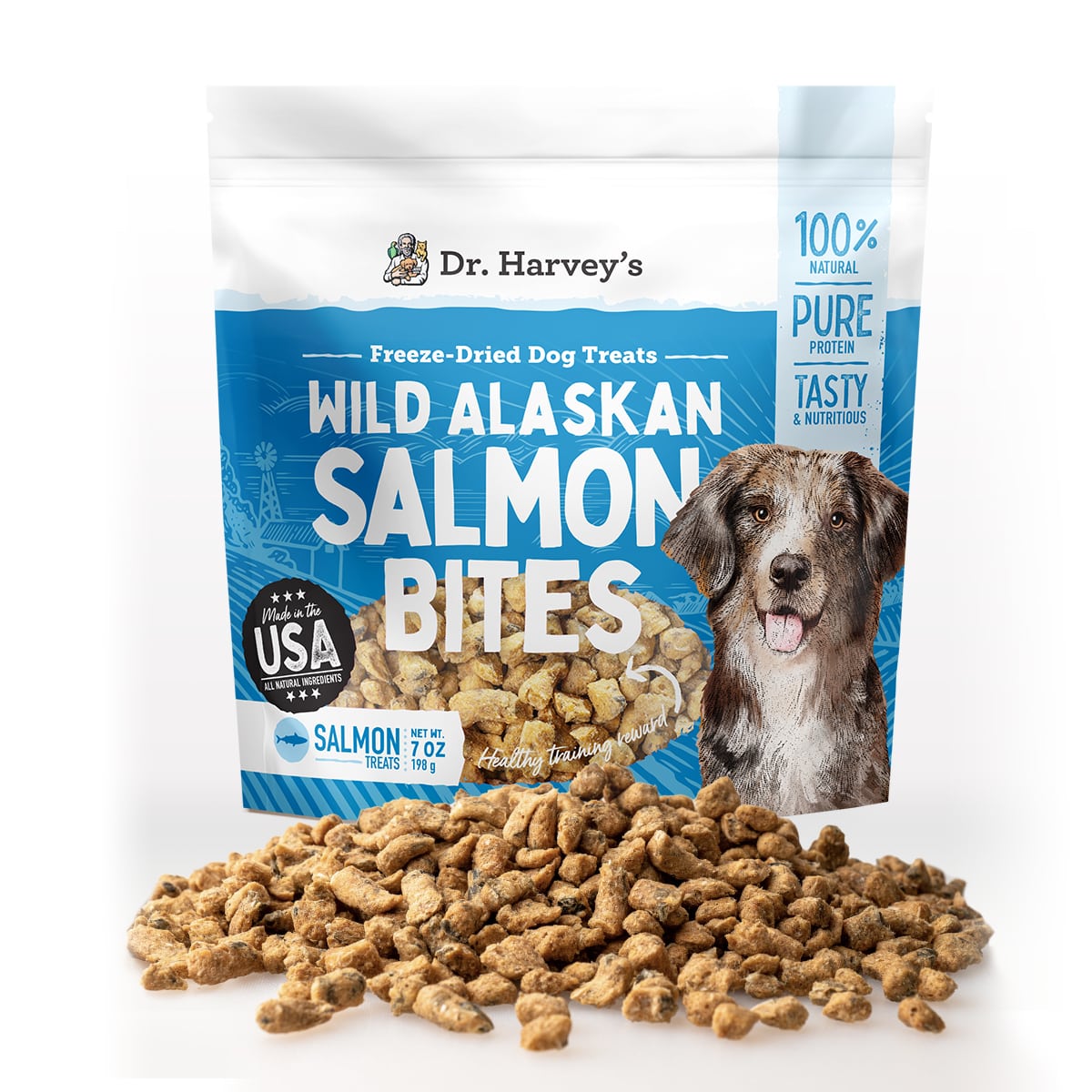
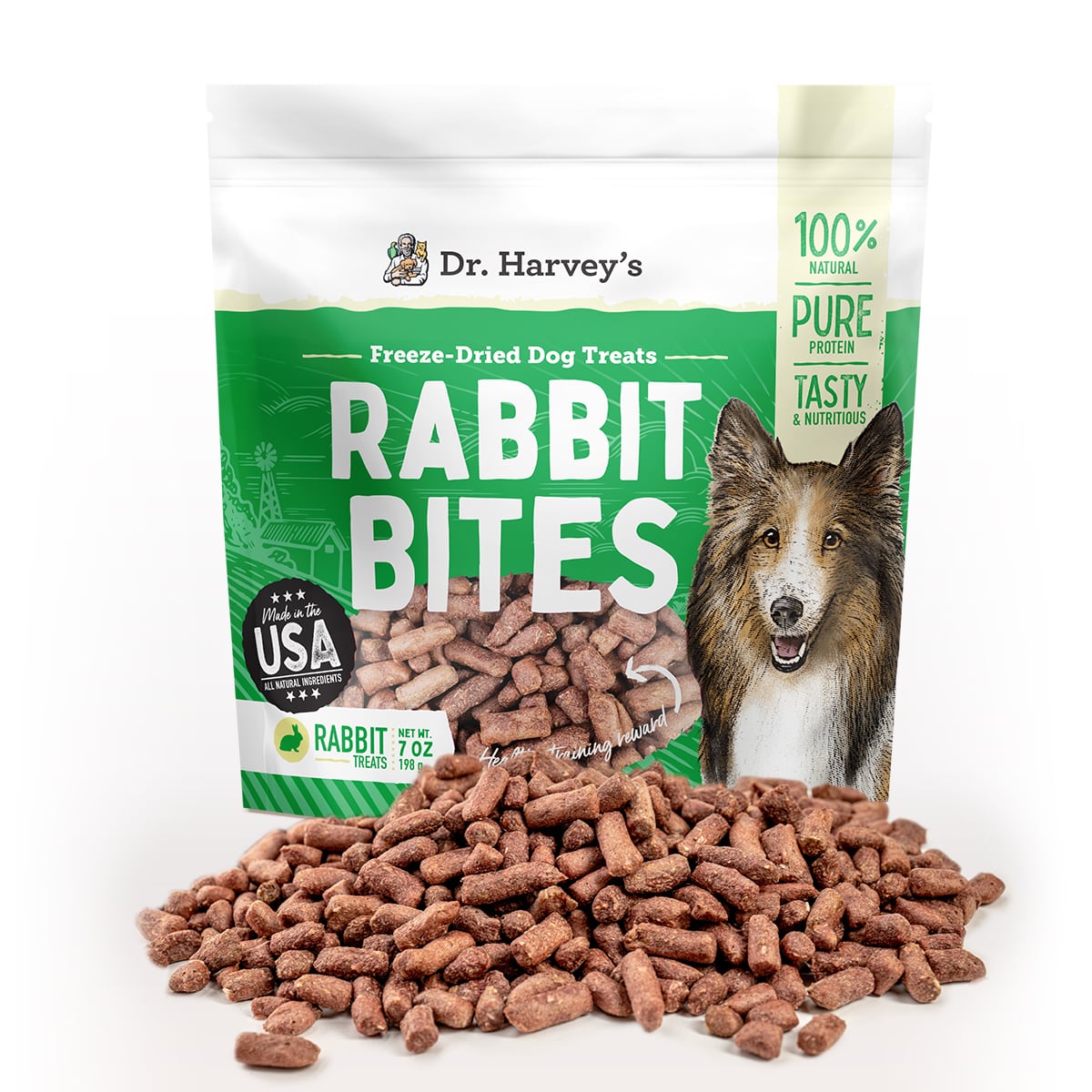
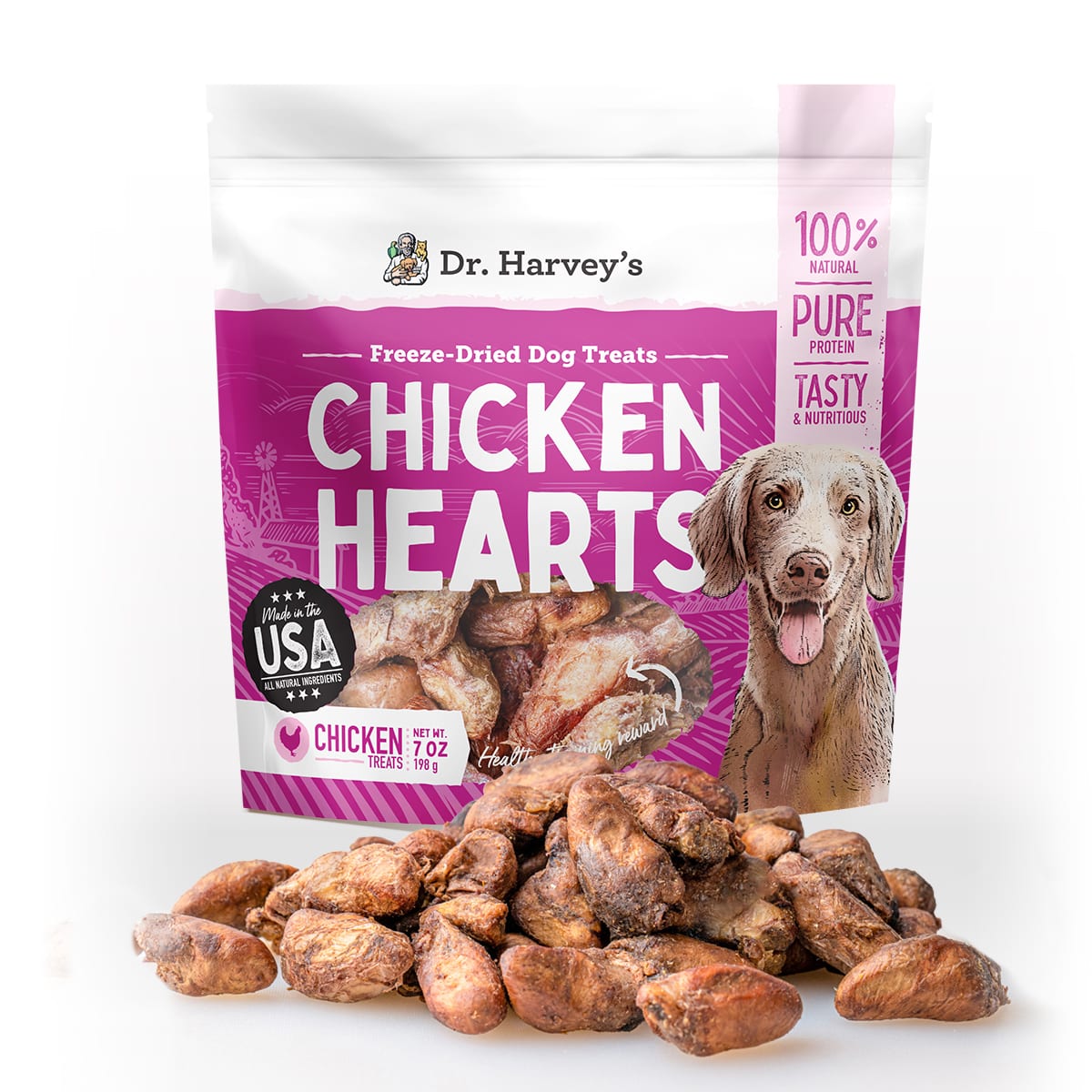
You may be surprised at how much your dog will love a simple game of hide and seek with their favorite treats!
Ensuring that you are using something that your dog really enjoys will help increase the canine enrichment and keep the dog fully engaged.
YOUNG PUPPIES AND KEEPING YOUR DOG BUSY
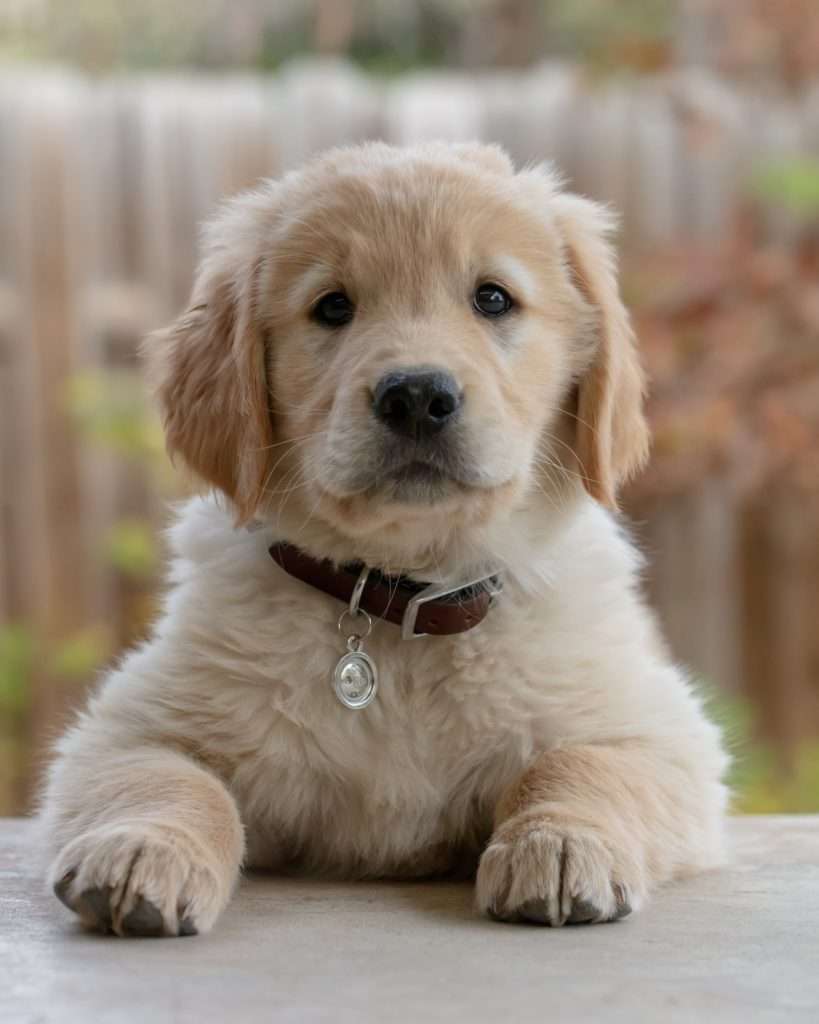
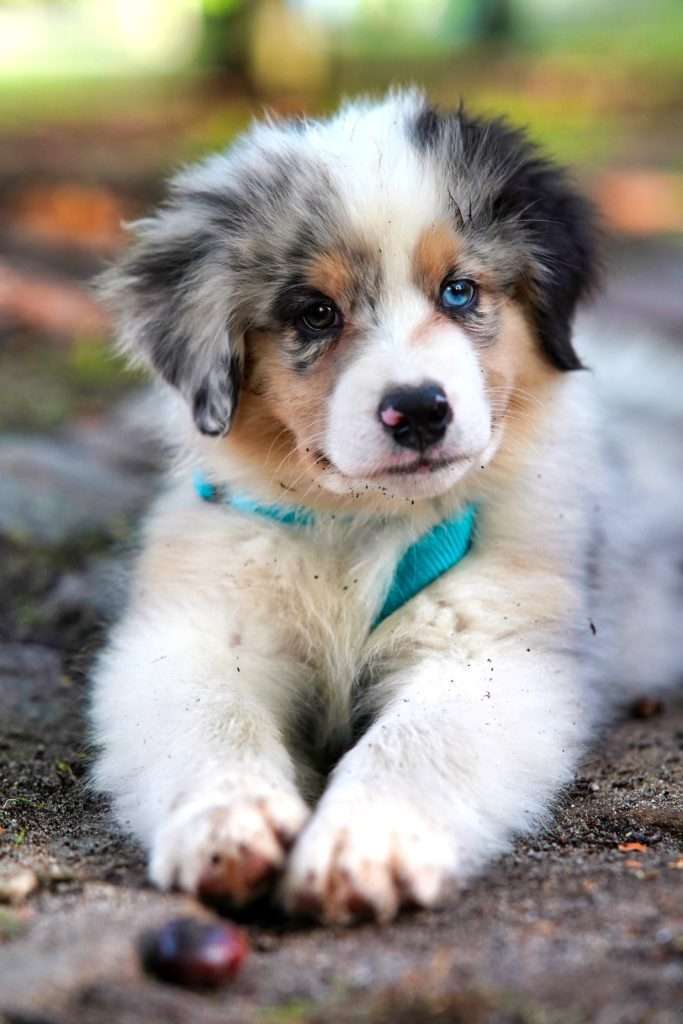
Young puppies love physical exercise and canine enrichment!
There are an abundance of dog toys that are perfect for puppies including a snuffle mat, frozen toys, or chew toys.
Being intentional about keeping your dog engaged while they are young might even help to keep them out of trouble as dogs LOVE to keep busy and work hard.
PUPPY TOYS THAT PROVIDE CANINE ENRICHMENT
Dog toys are not all suitable for a puppy. A dog starts off learning everything they need to know about life, and that includes learning how to bite and chew.
Puppies love to explore the world with their mouths, and they will mouth anything they can get their teeth on including your fingers, toes, clothing, and basically anything else they can find.
That’s why it’s so important to choose the right kinds of puppy toys that will not only be safe for them to mouth and chew, but also provide enrichment and keep them mentally challenged.
Here are a few great puppy toy ideas:
- Chew toys: this could be anything from a Kong toy to a Nylabone to a rope toy. Just make sure it’s specifically designed for puppies and made of safe materials.
- Snuffle mat: a snuffle mat is a great way to keep your puppy’s mind challenged while they search for treats.
- Frozen toys: freezing a toy or treat is a great way to keep your puppy entertained and cool in the summer months.
Puppies need both physical and mental stimulation, so choose dog toys that will provide both. Canine enrichment doesn’t have to be complicated or expensive, it just needs to be tailored to your individual dog.
SPENDING JUST A FEW MINUTES INVESTING IN YOUR DOG’S BRAIN
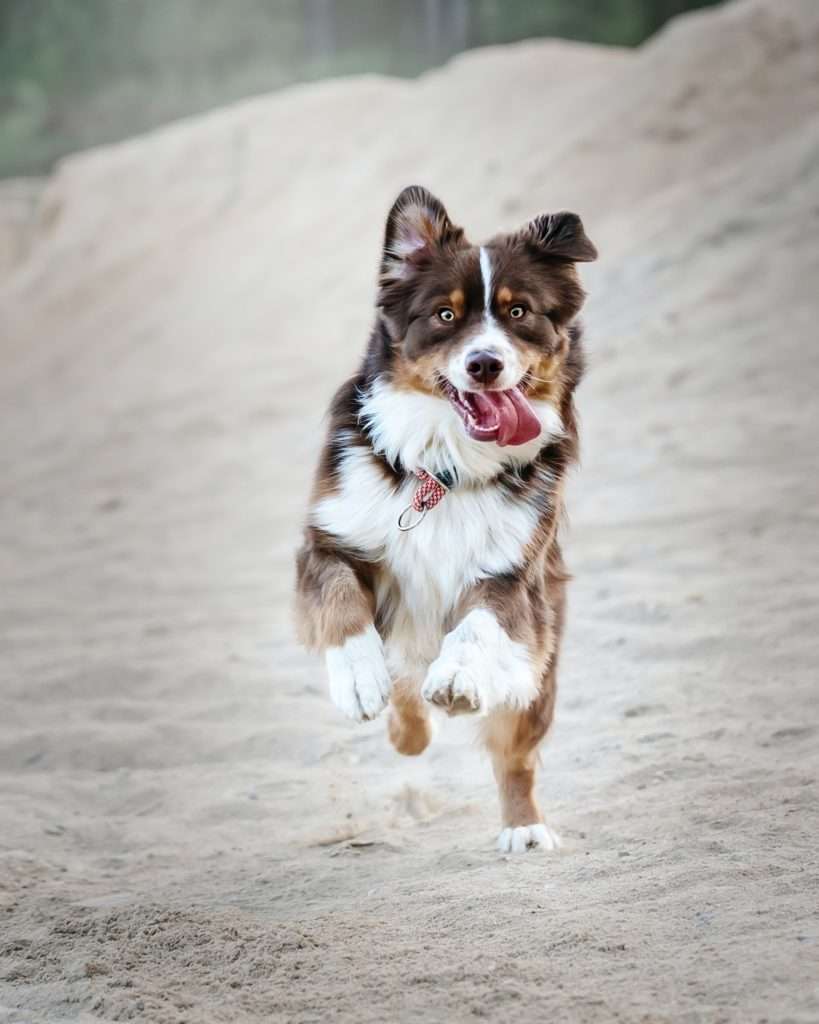

Canine enrichment activities can span anywhere from doing some training with toilet paper tubes and scent work, to dog sports to physical activity.
Here are a few simple ways to provide mental stimulation for your dog:
- Take them for walks in new places – different sights and smells will stimulate their senses and make for an exciting adventure!
- Buy or make a simple puzzle toy – there are tons of great options available online or at your local pet store. You
DOG ENRICHMENT CLASSES
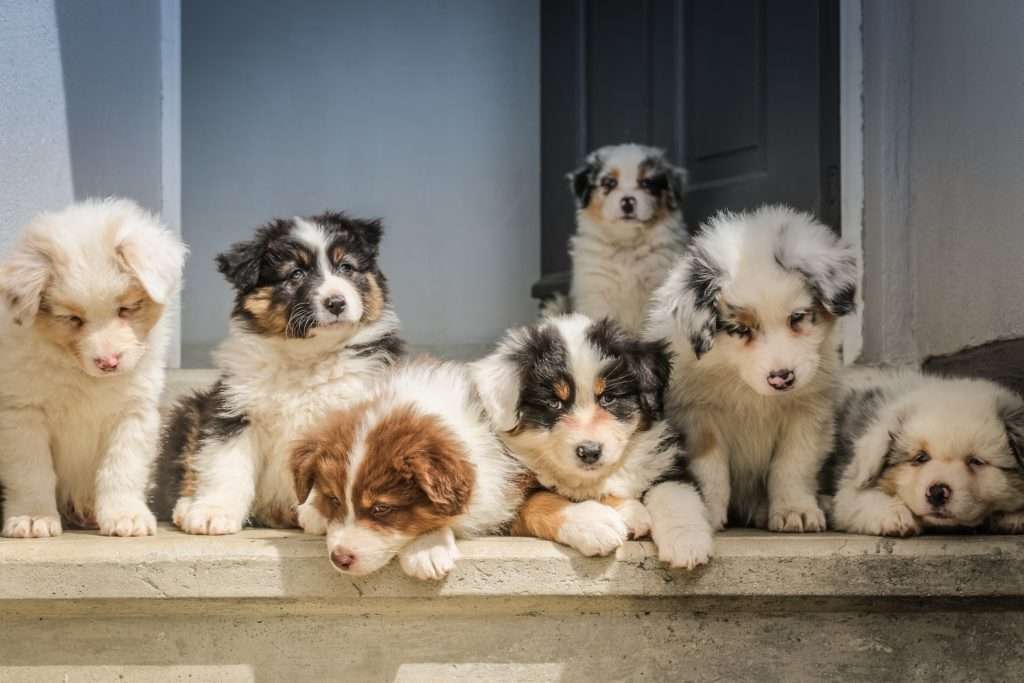
There are many different types of dog enrichment classes available, from obedience training to agility courses. Enrolling your dog in a class is a great way to provide them with mental stimulation, while also strengthening the bond between you and your furry friend.
Dog enrichment classes provide an opportunity for your dog to socialize with other dogs, learn new skills, and burn off some energy all at the same time.
DOGS LOVE TO USE THEIR BRAINS
Most dogs love physical activity, but it is true that dogs also love to use their brains. If your dog enjoys environmental enrichment, they will probably love a good engagement activity as well.
Enrichment activities for dogs can be as simple or complex as you want them to be. If you’re looking for something simple, start with some basic obedience training or a game of hide and seek. If you’re looking for something more challenging, try enrolling your dog in an agility course or a nose work class.
You don’t have to spend a ton of money or time on enrichment activities for your dog – the most important thing is that you are spending quality time with your furry friend.
What kinds of canine enrichment activities does your dog enjoy? Let us know in the comments below!

